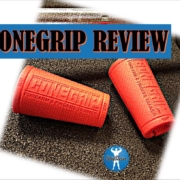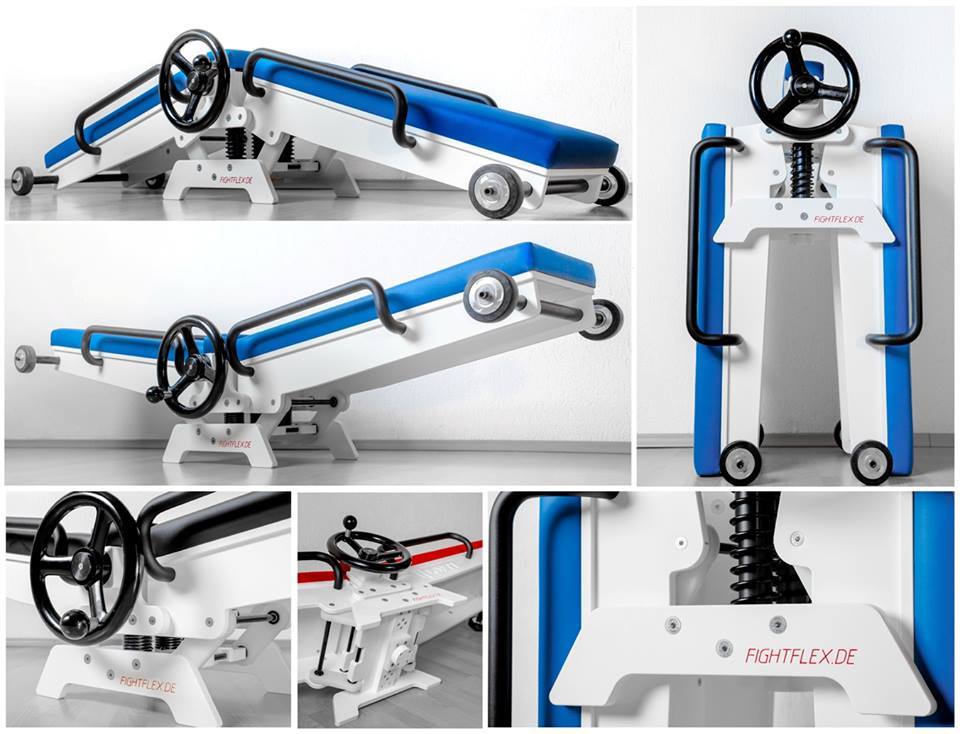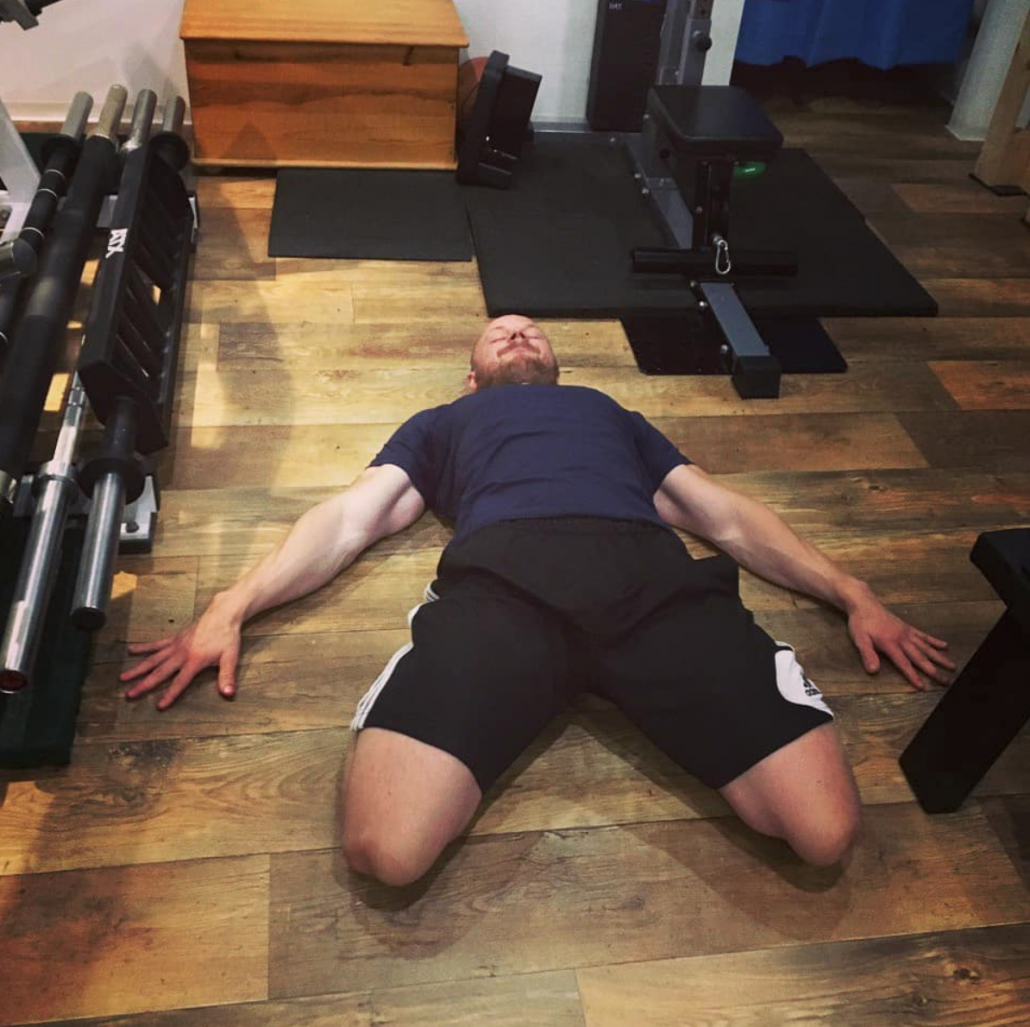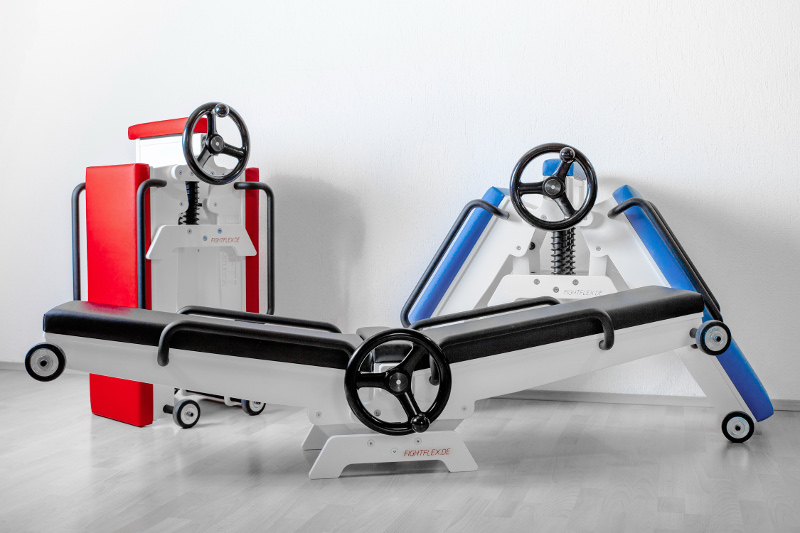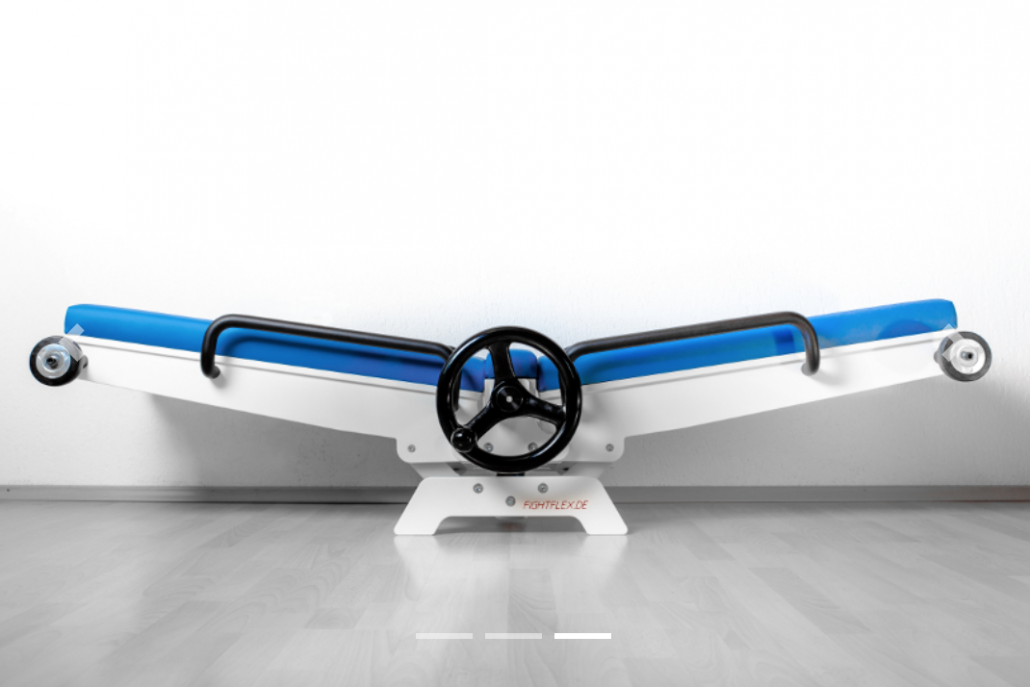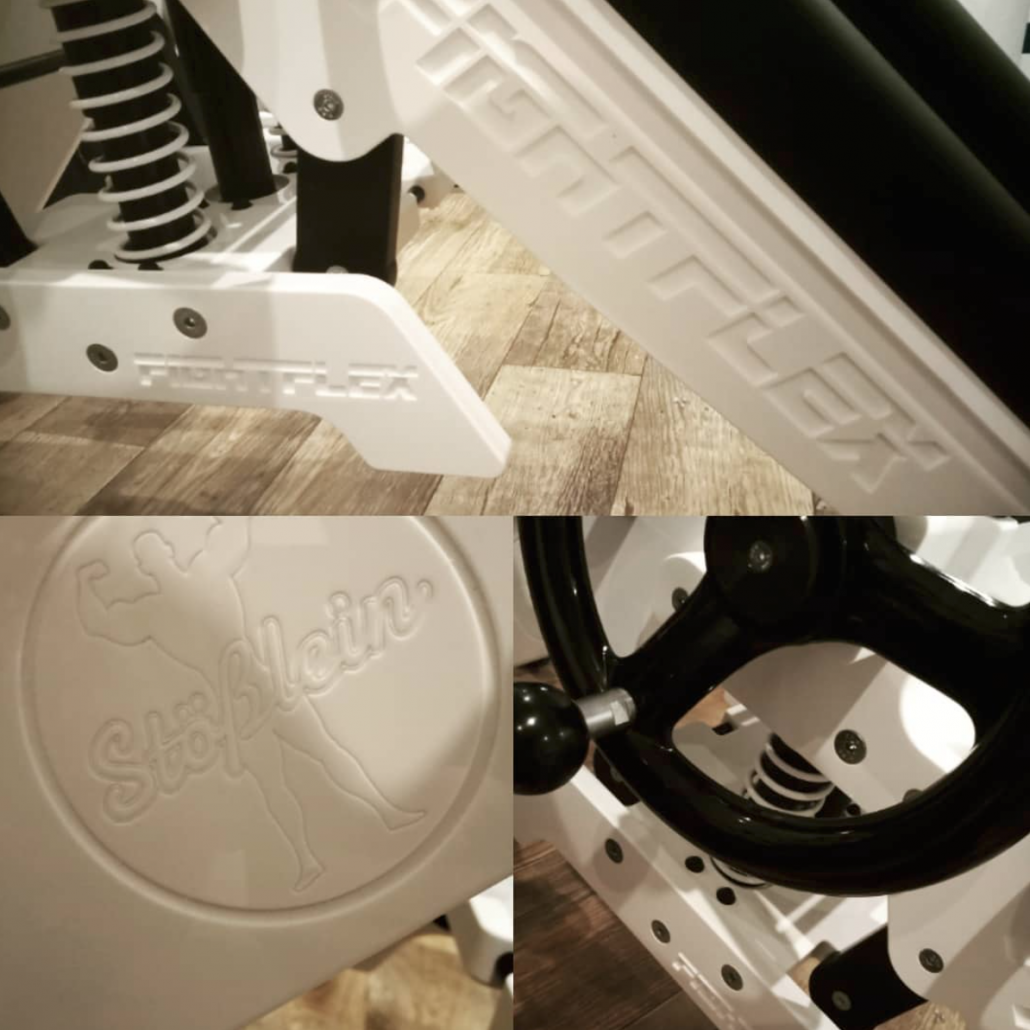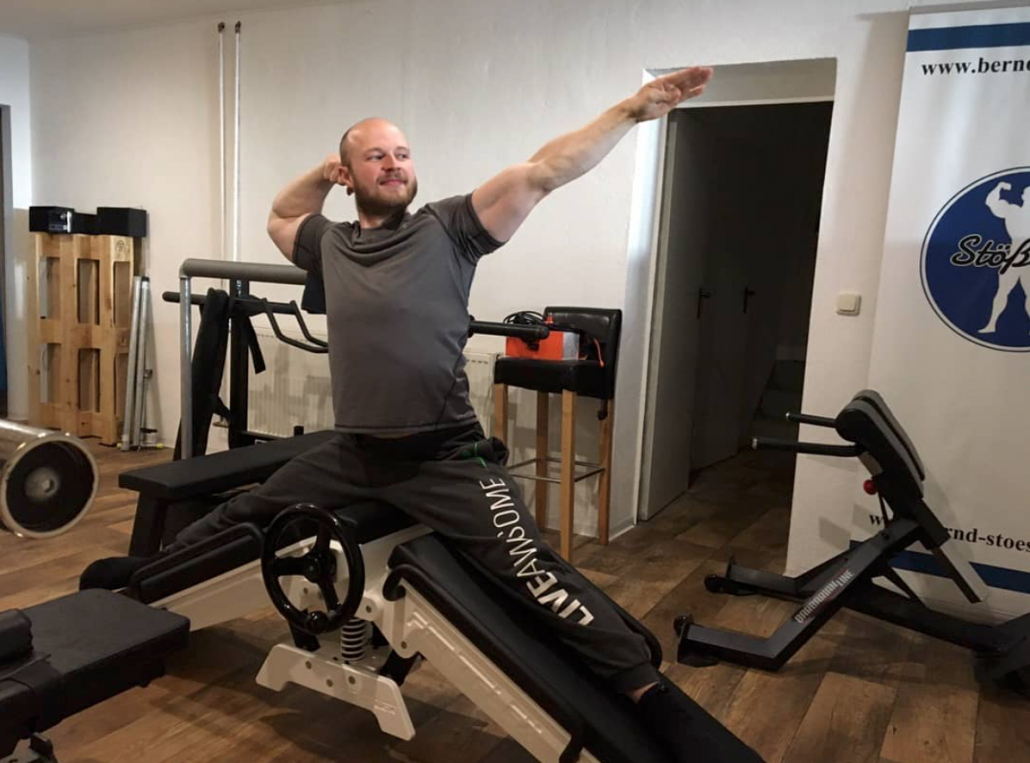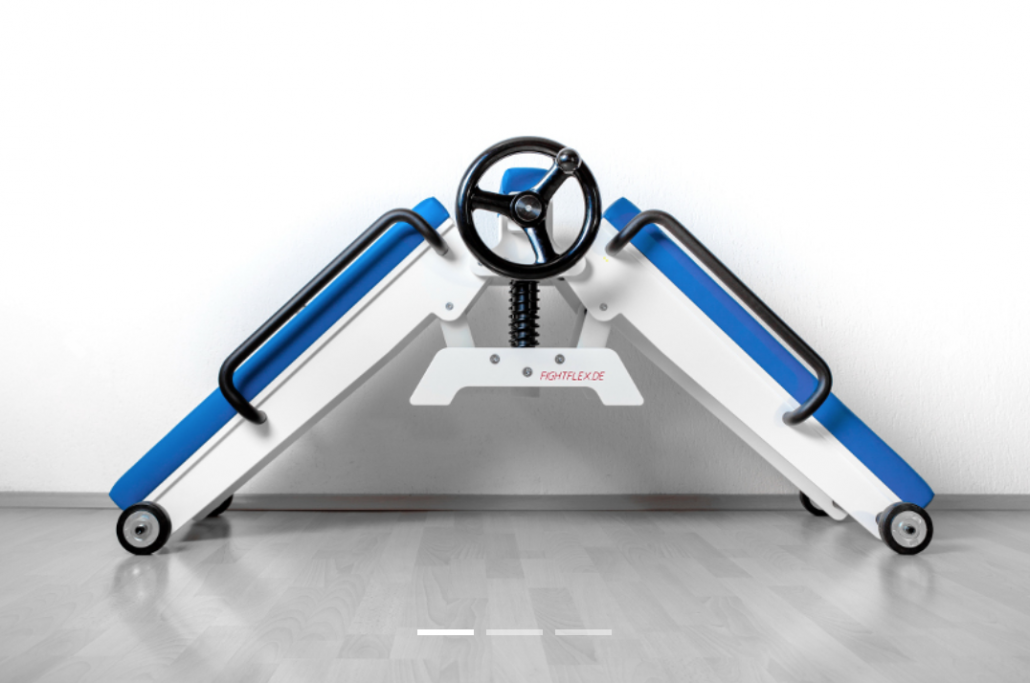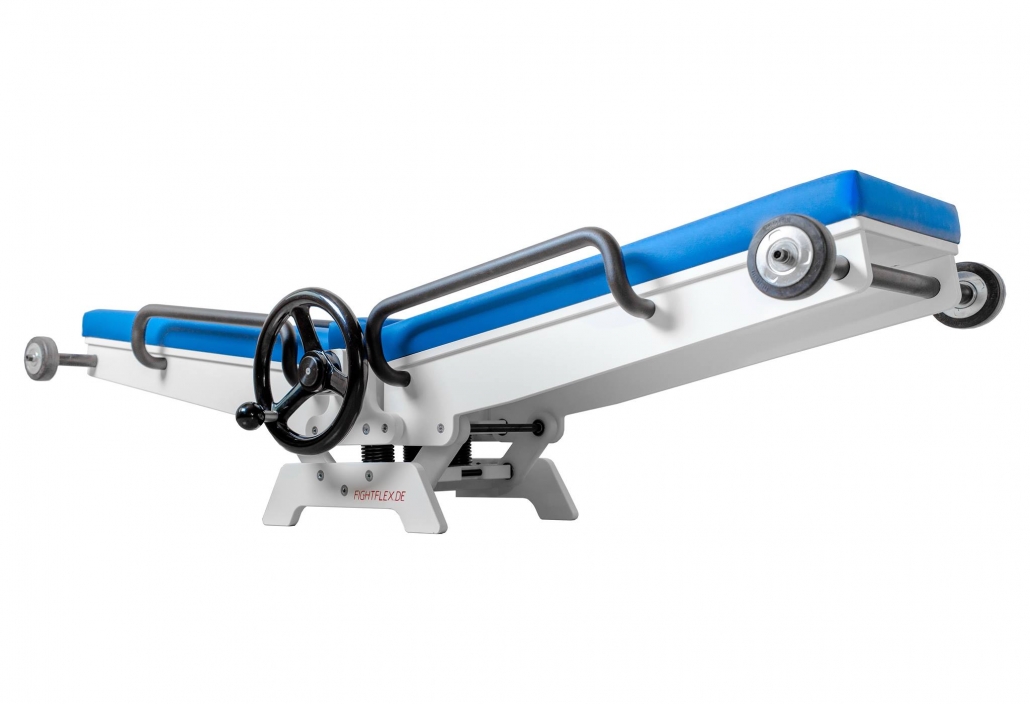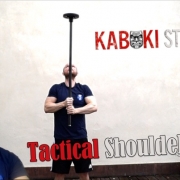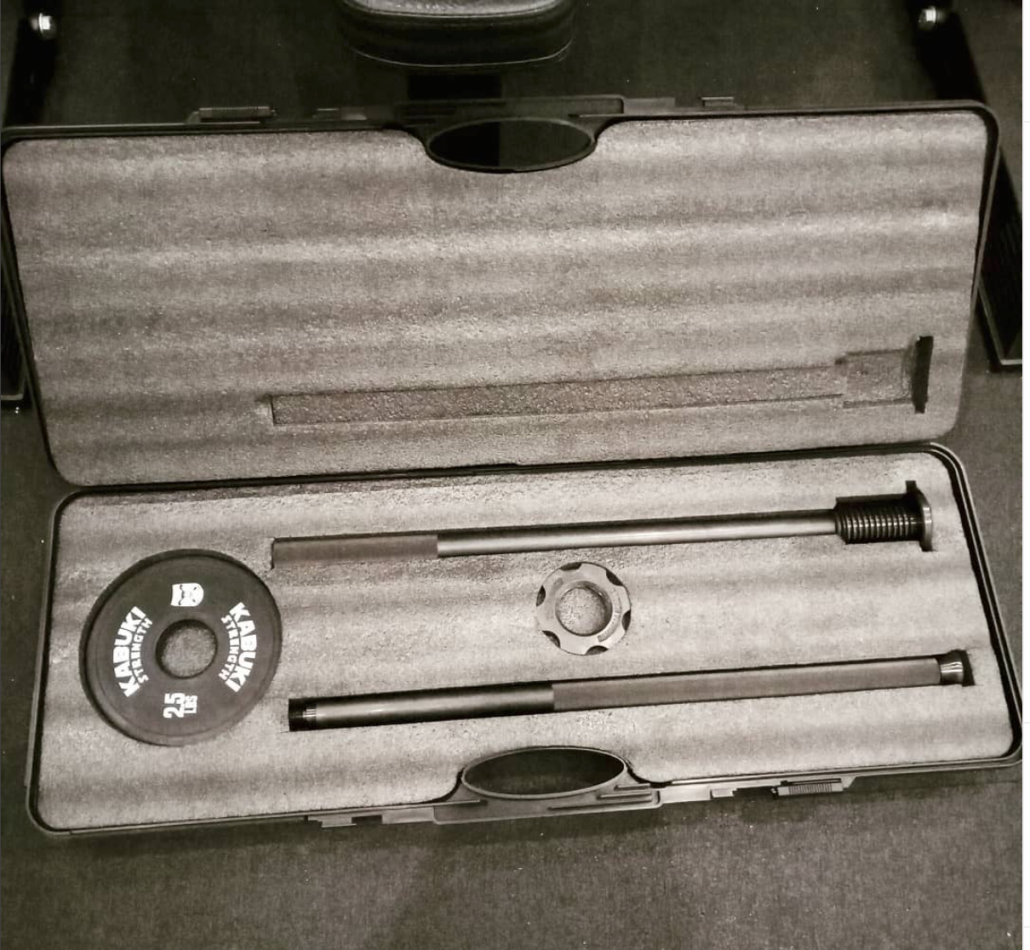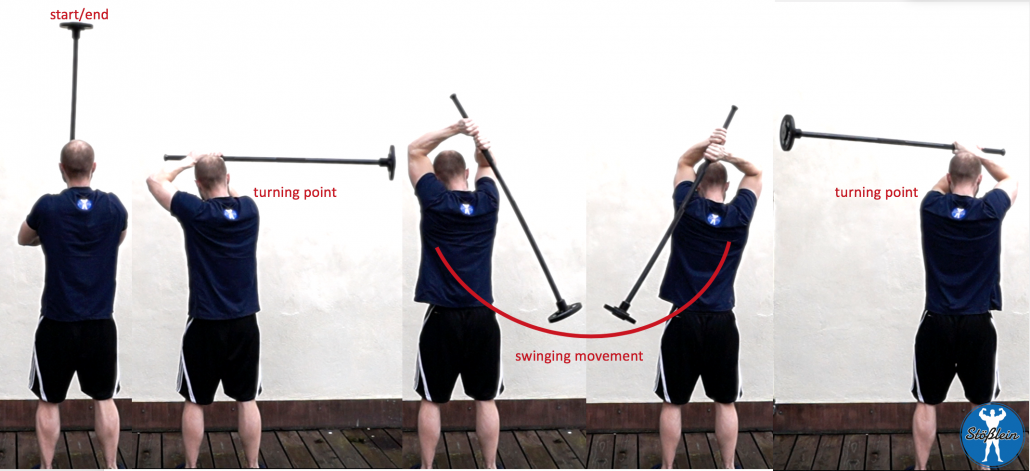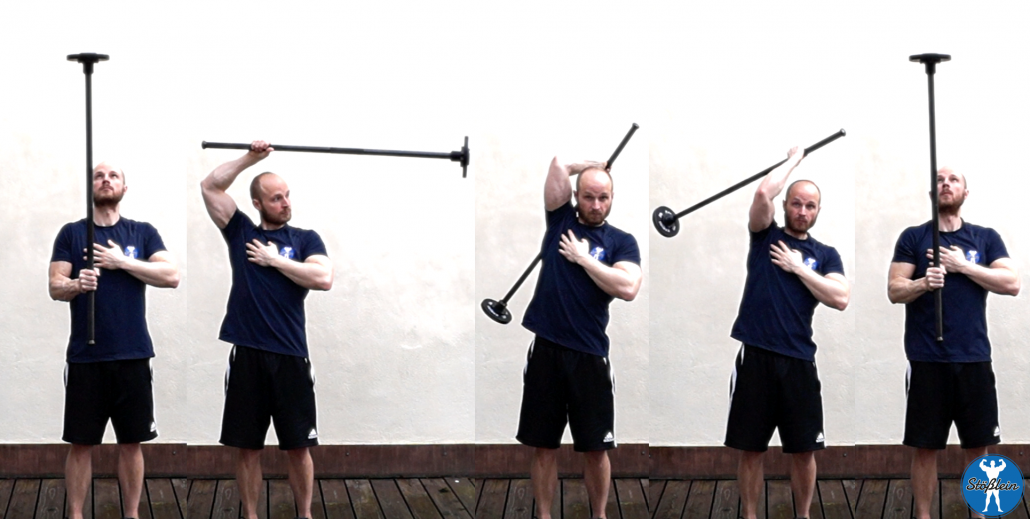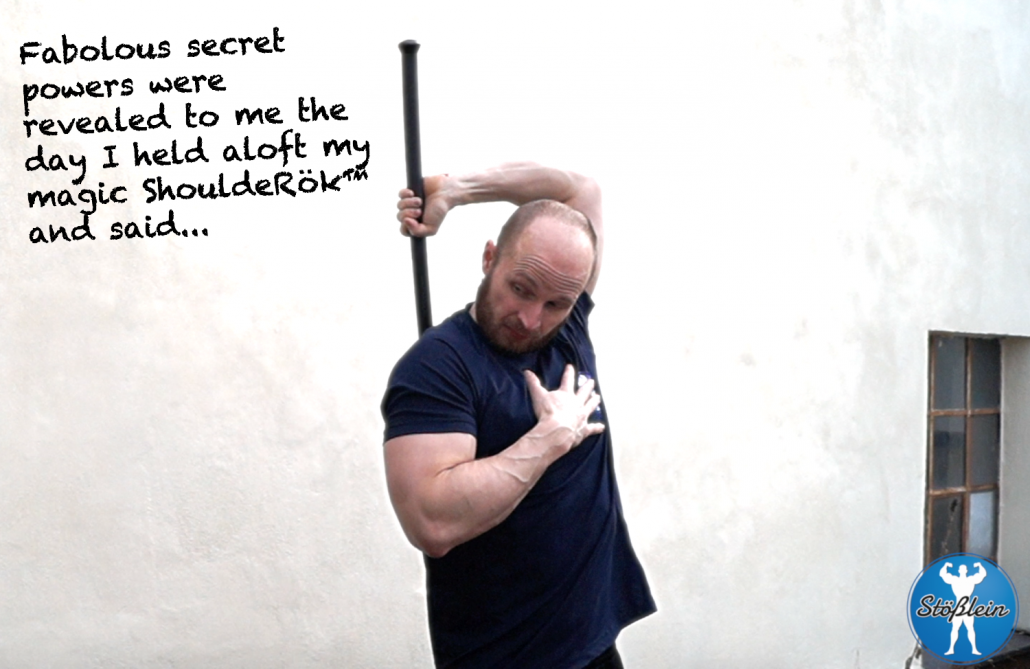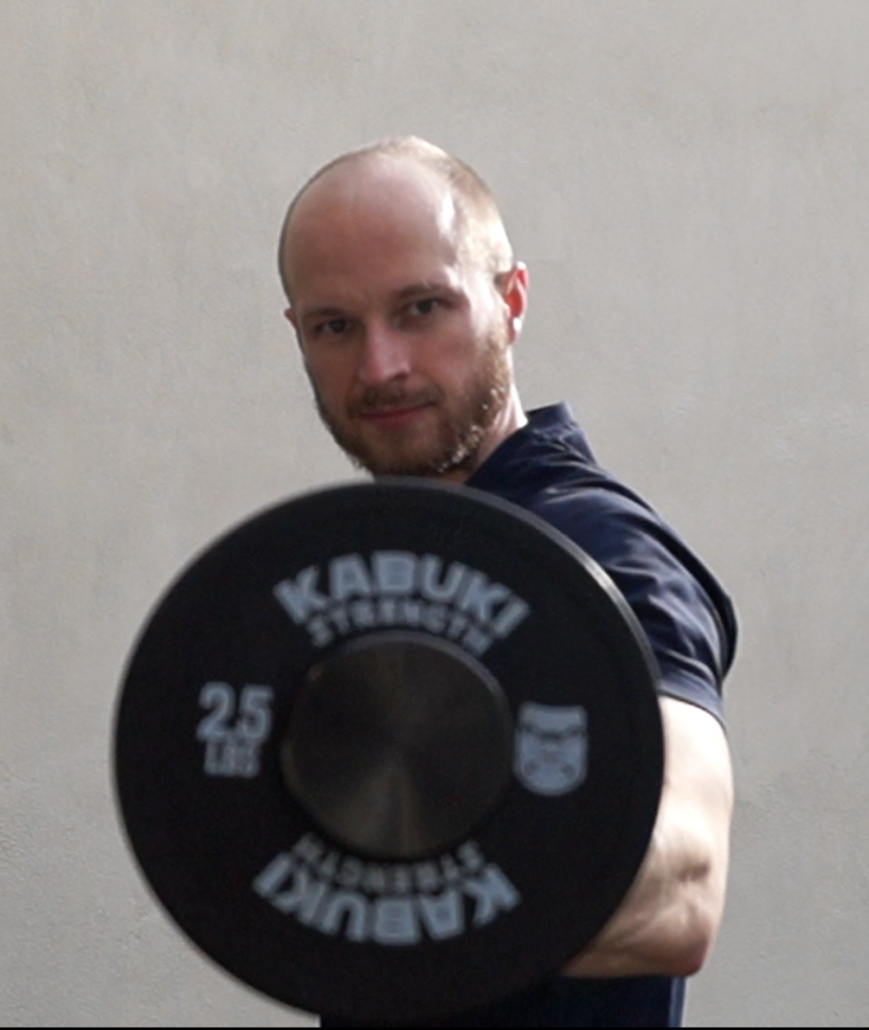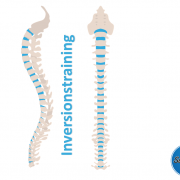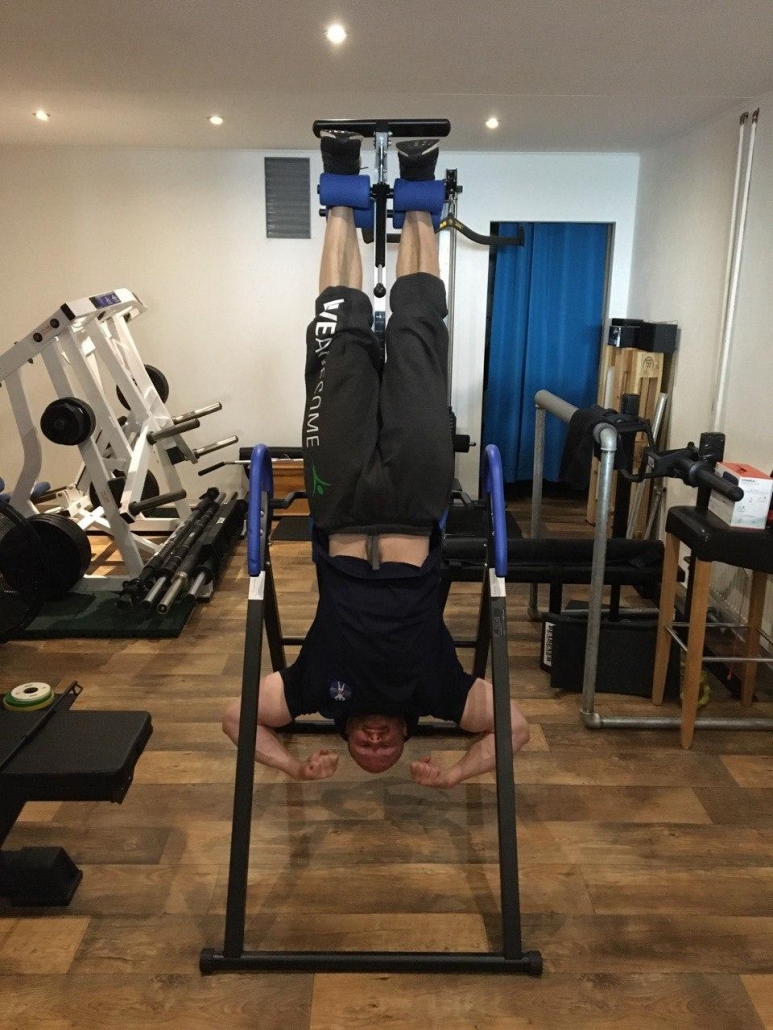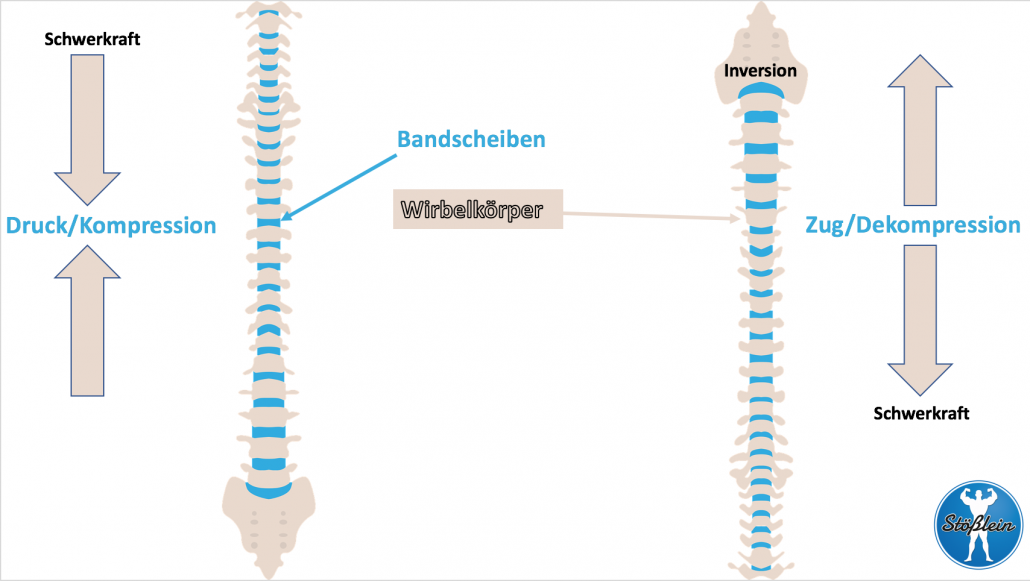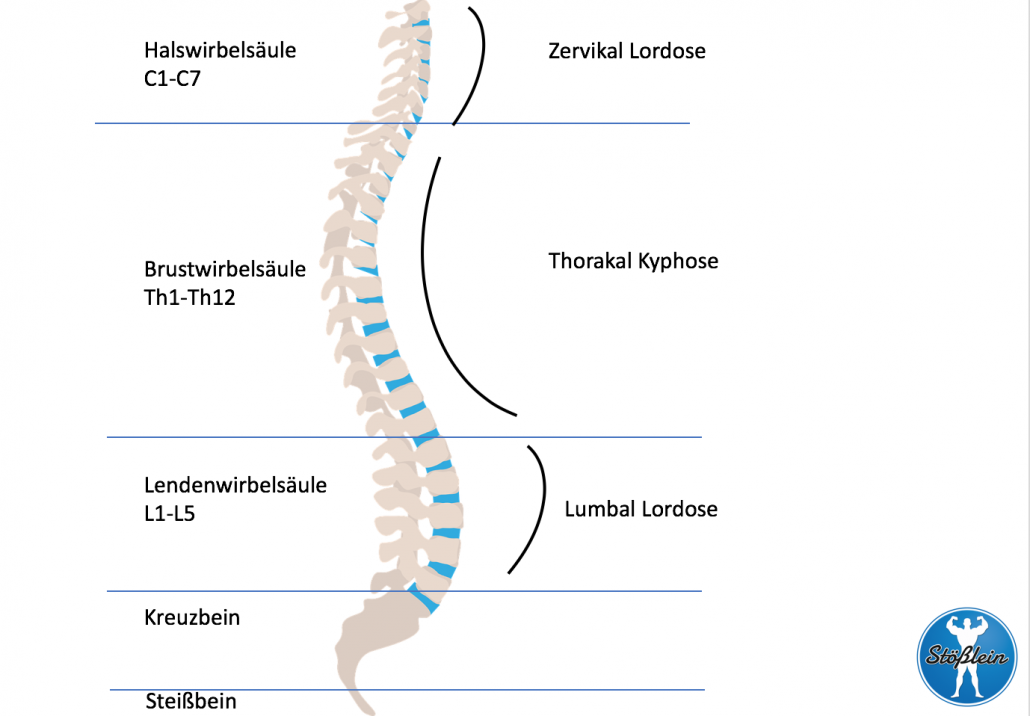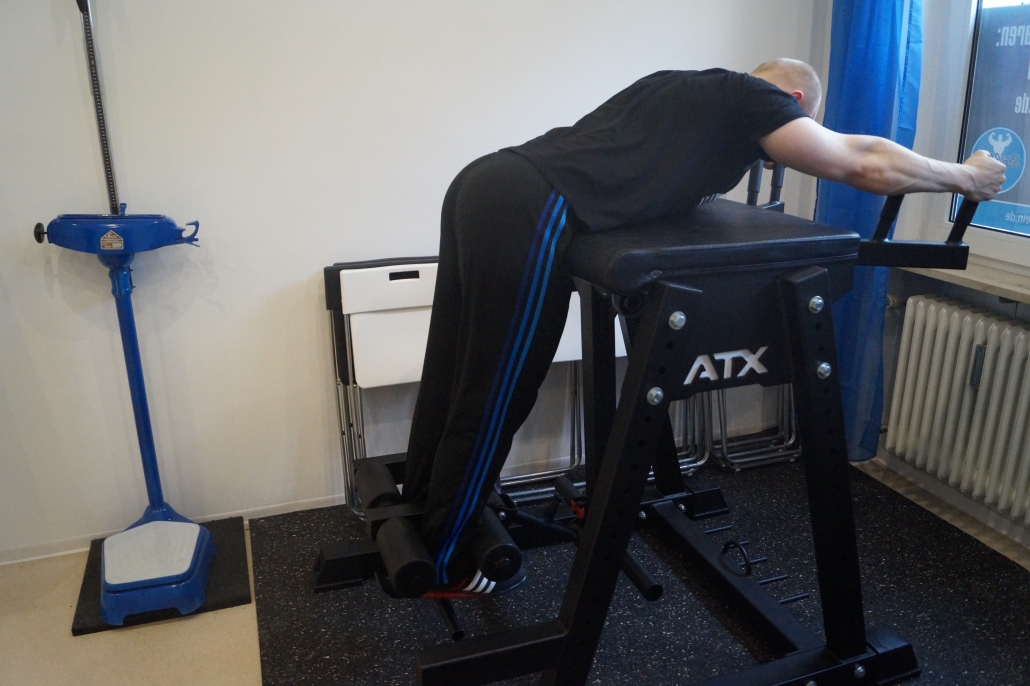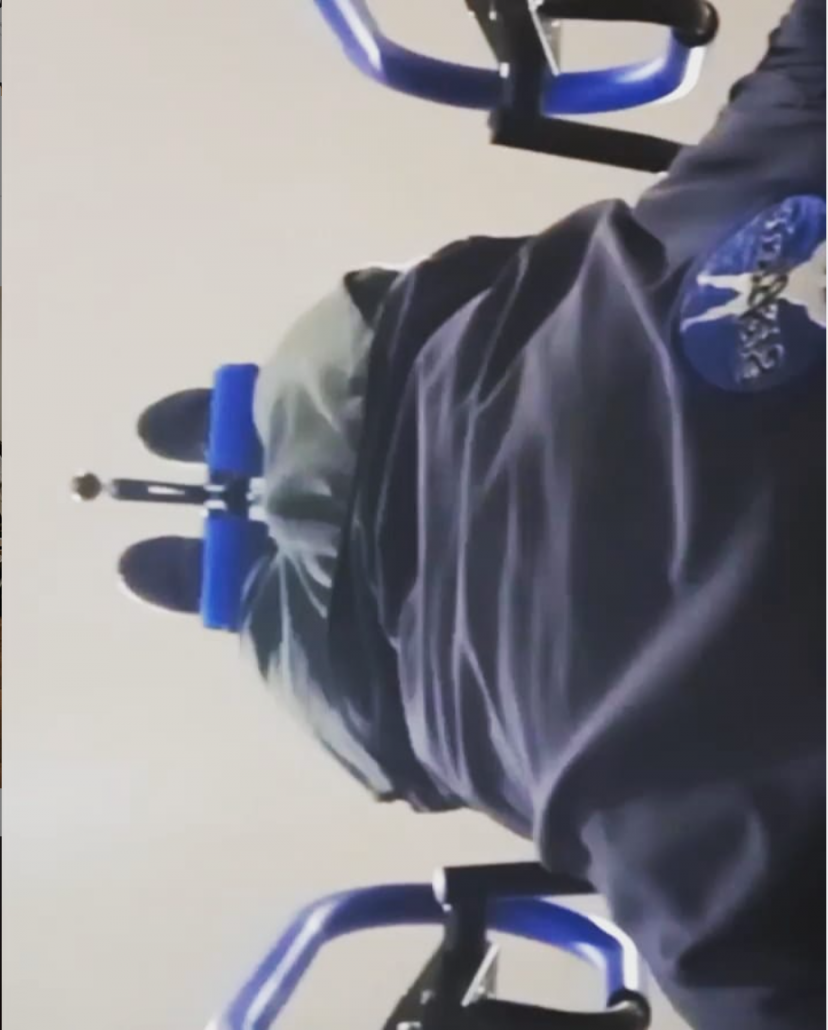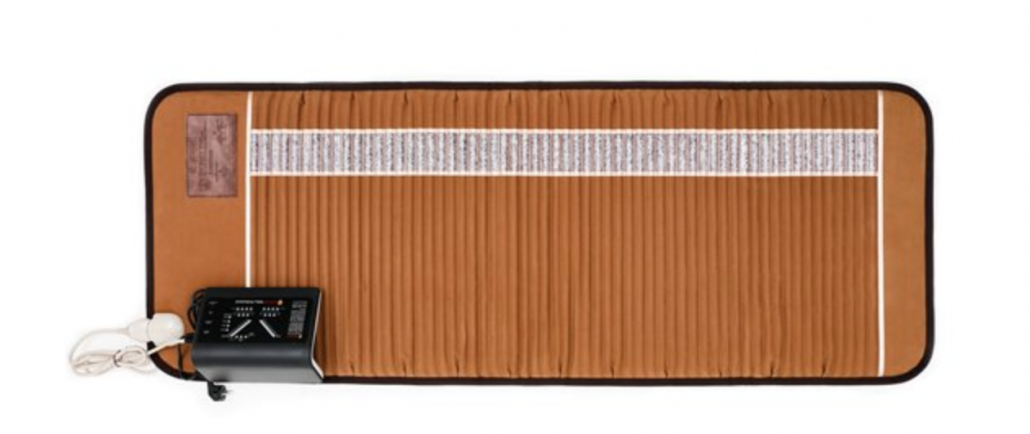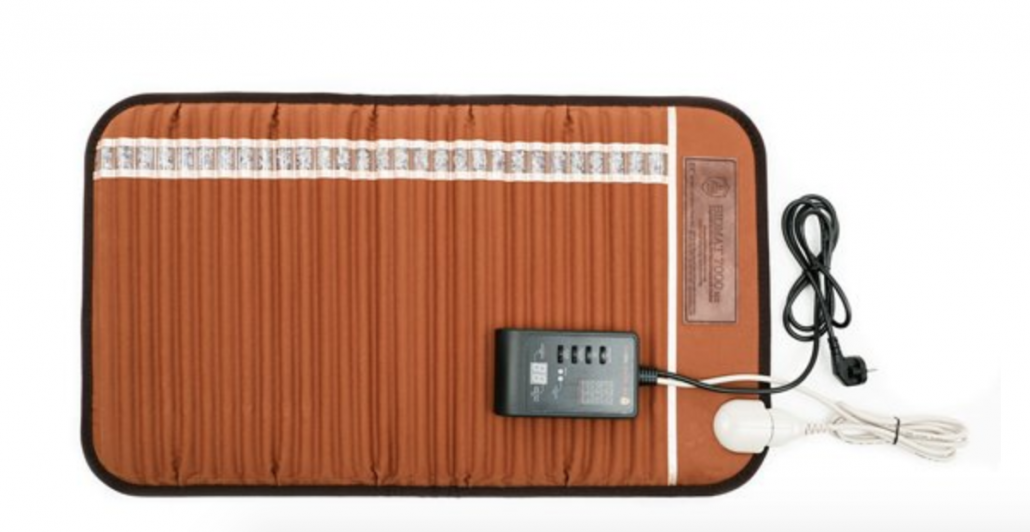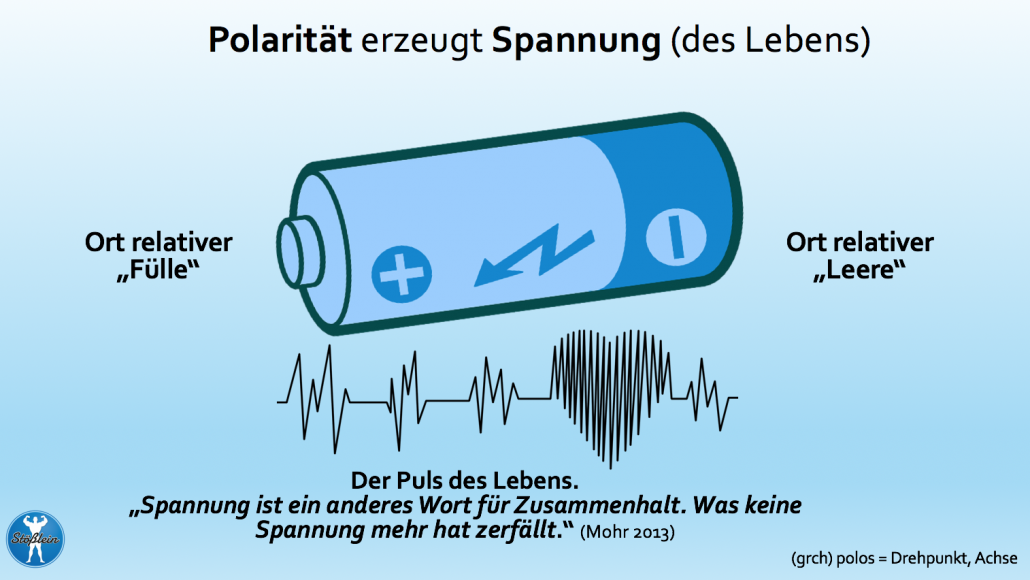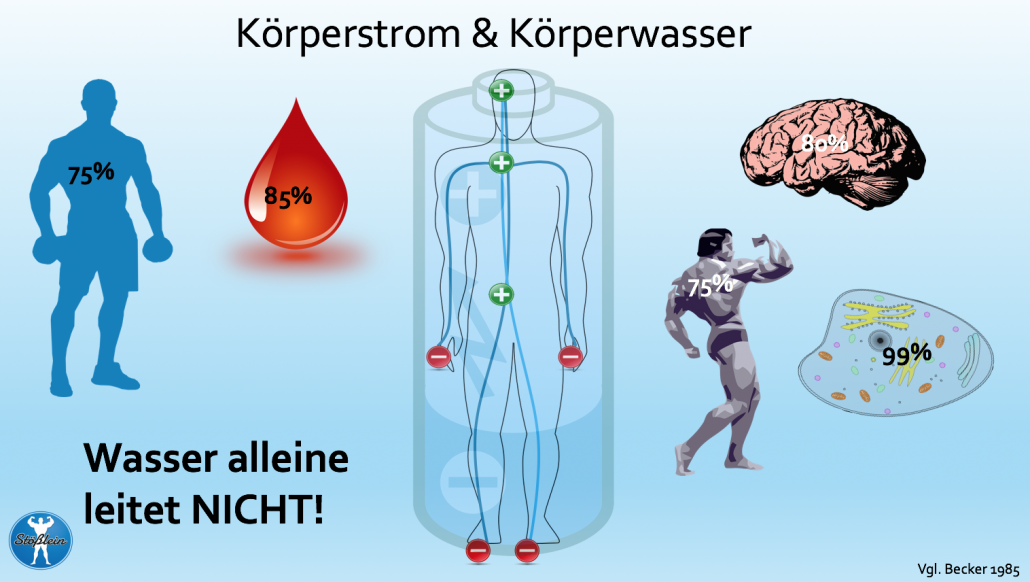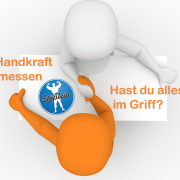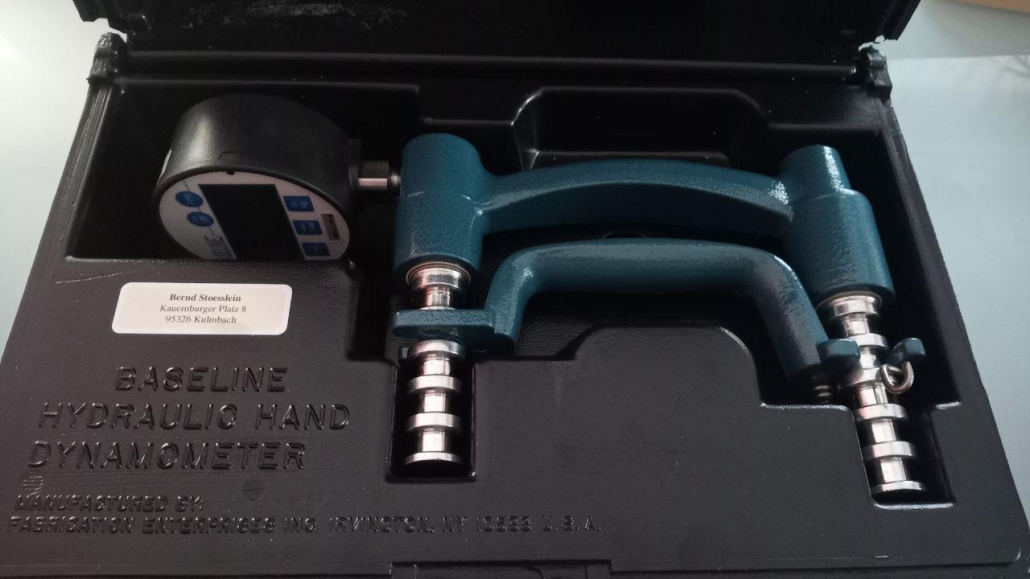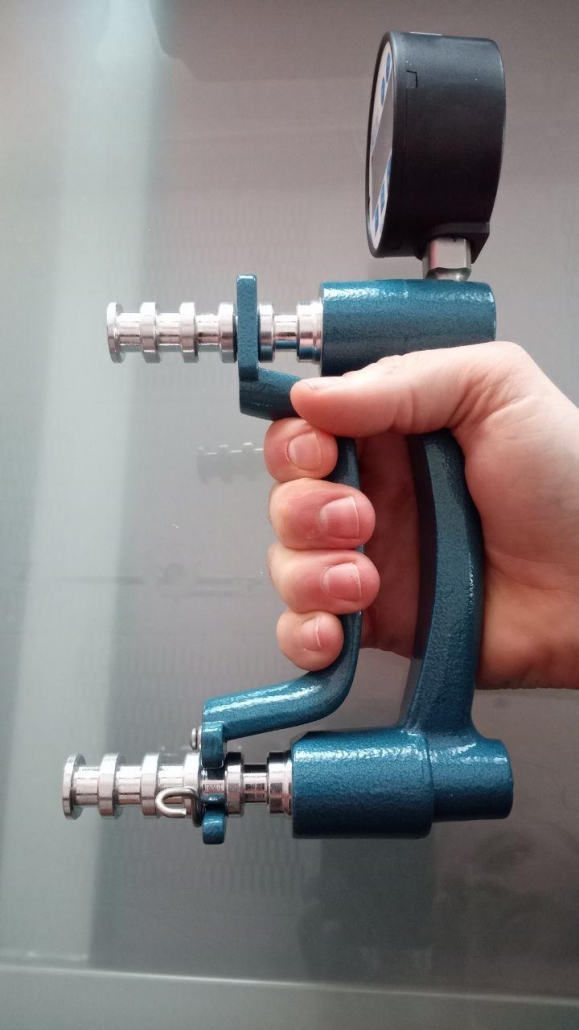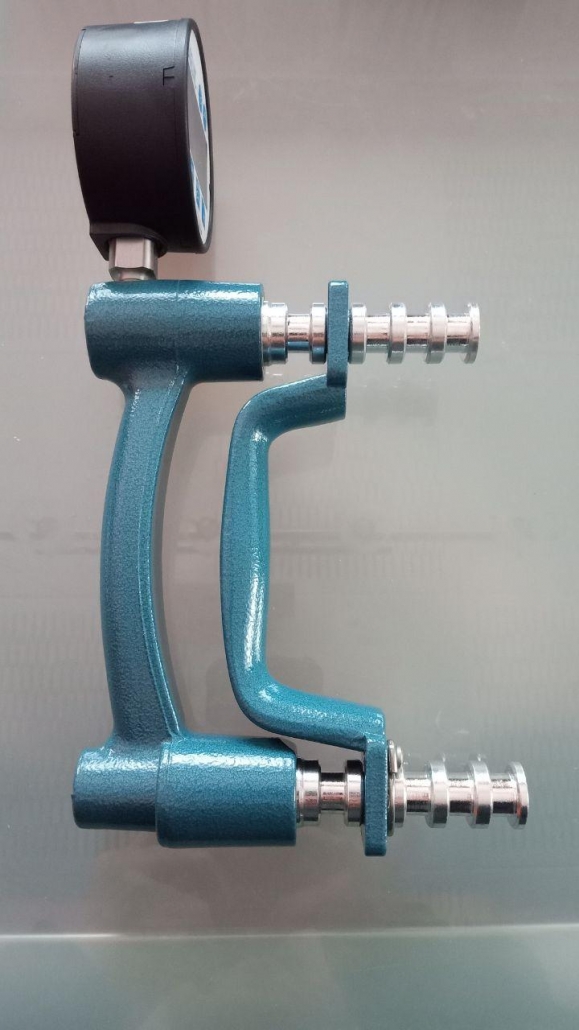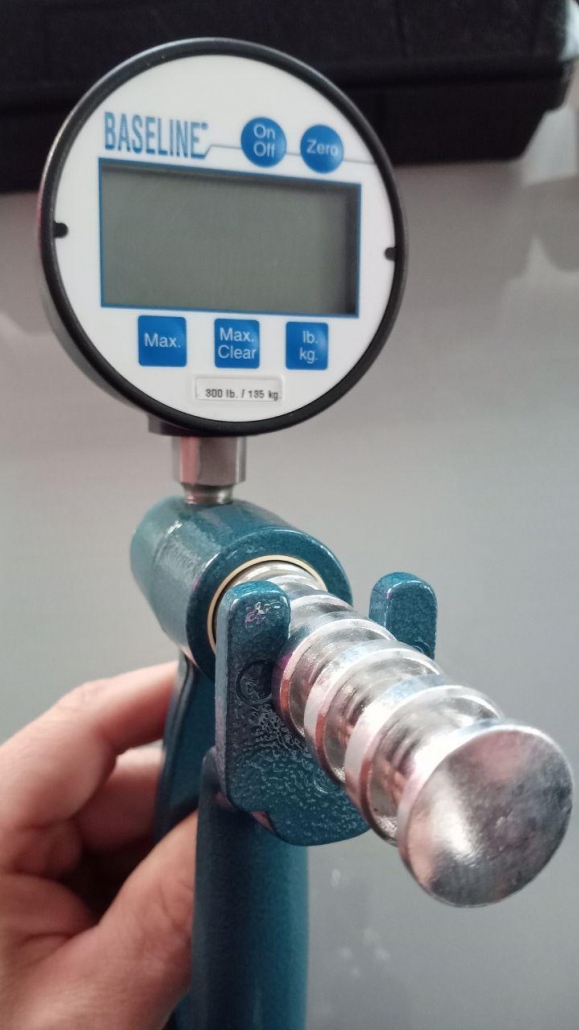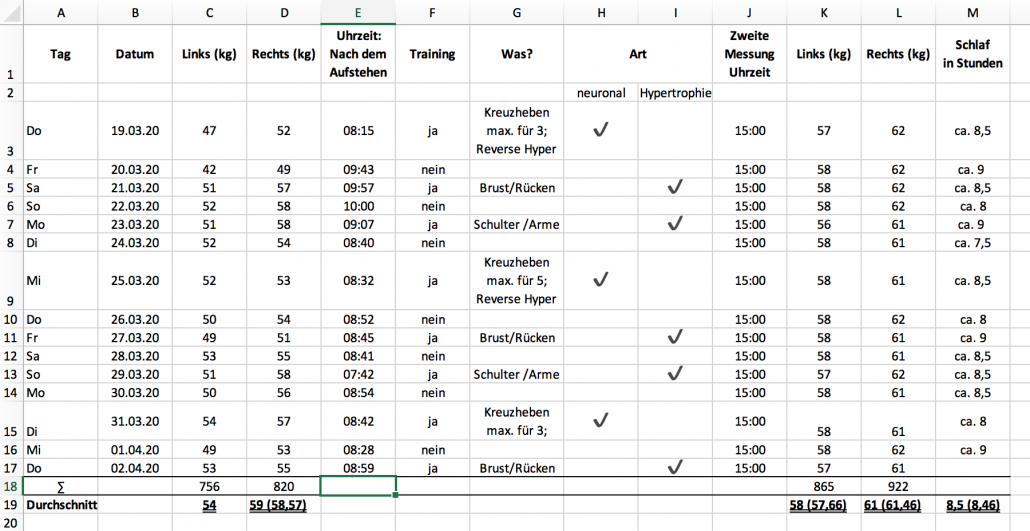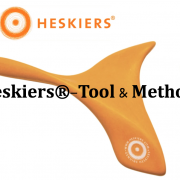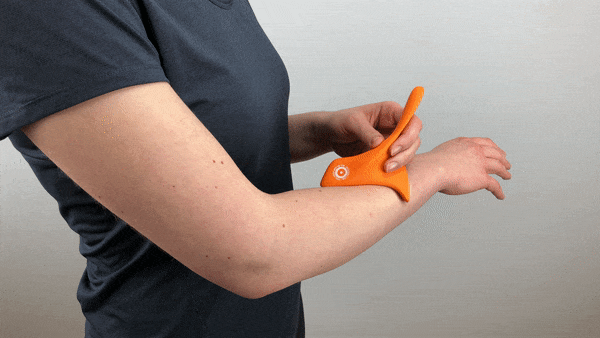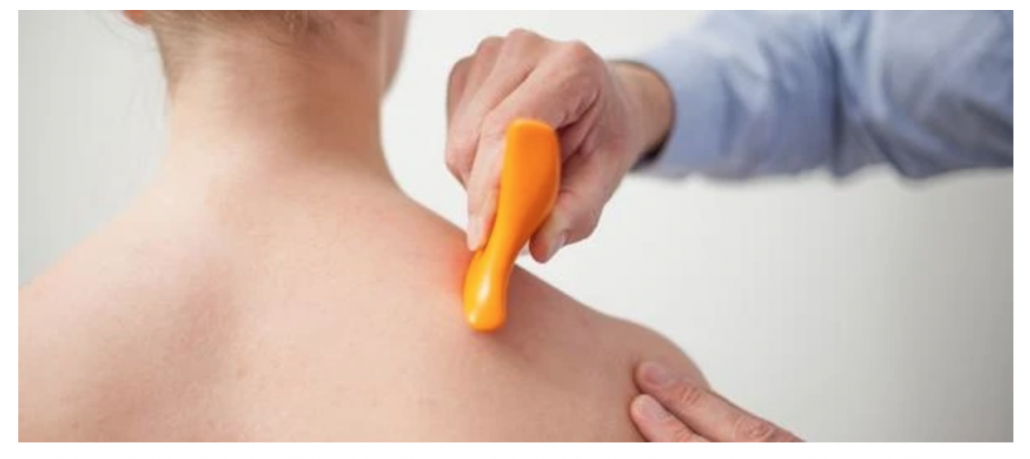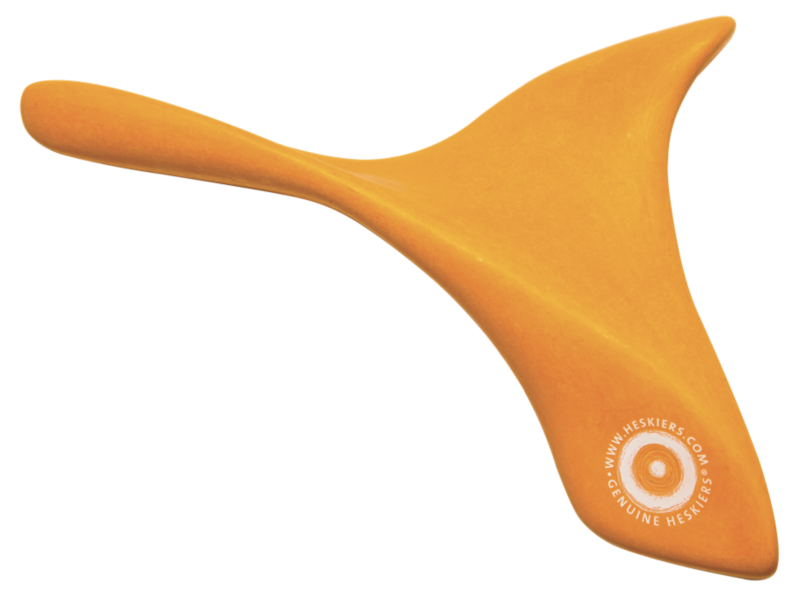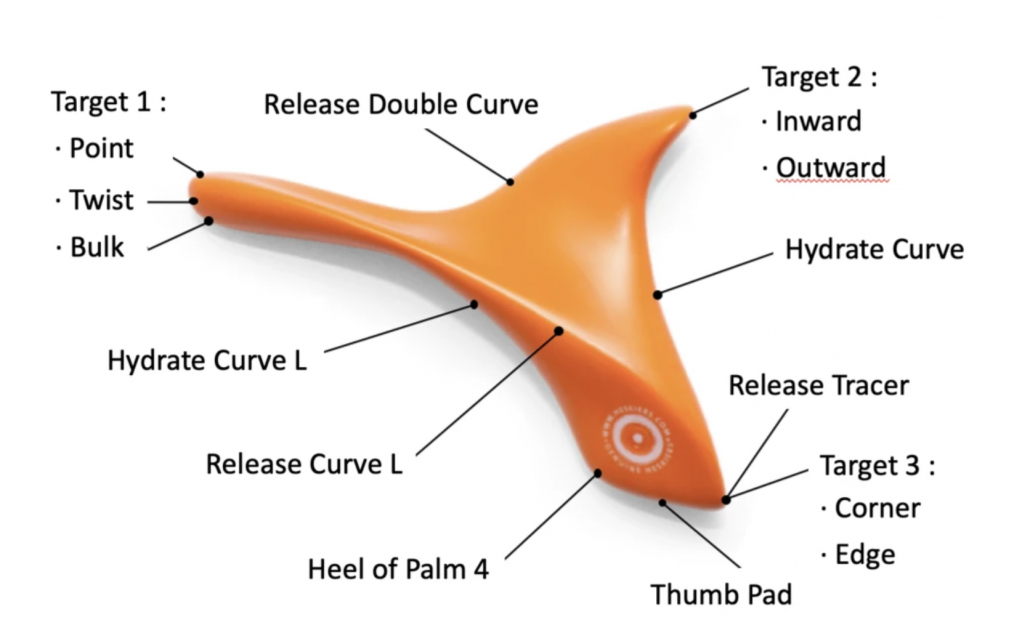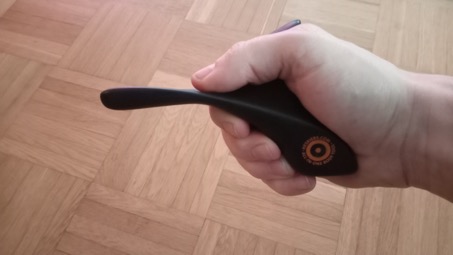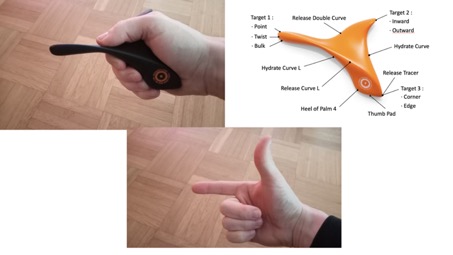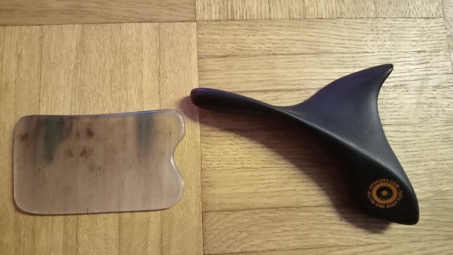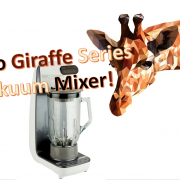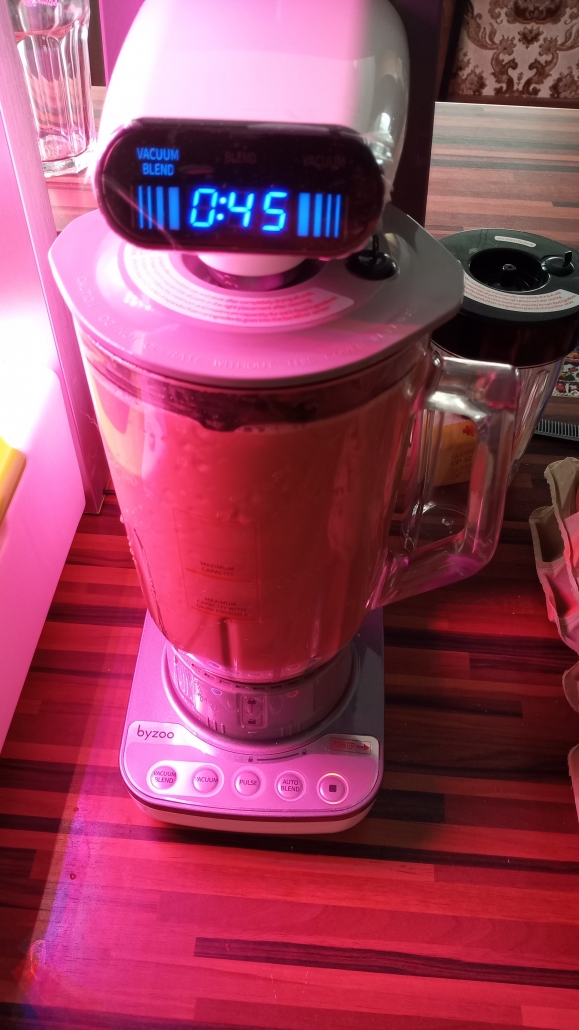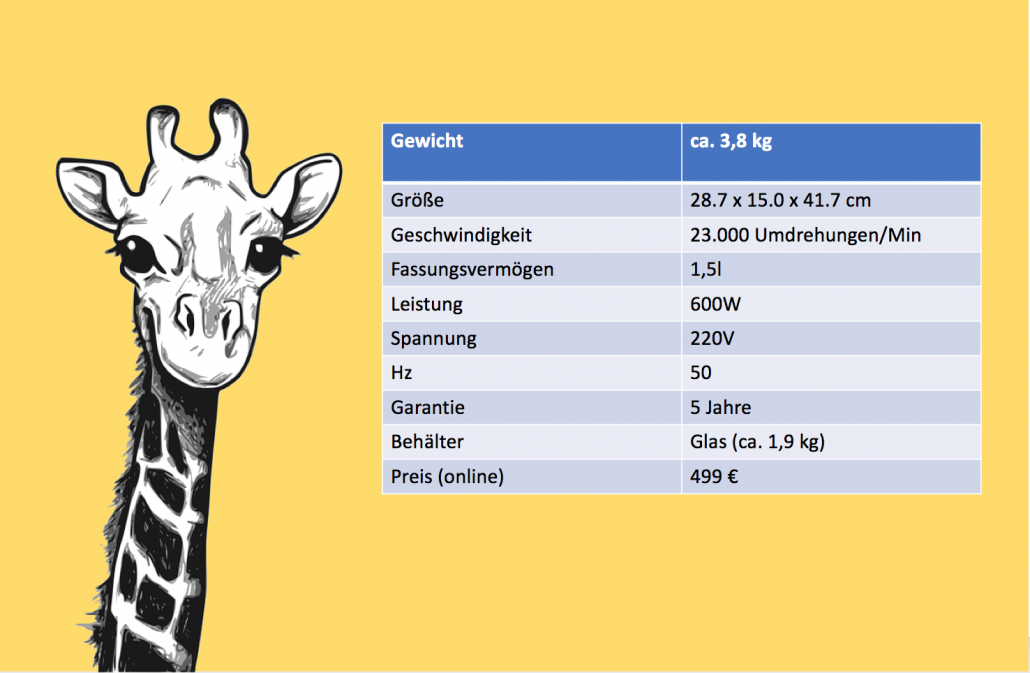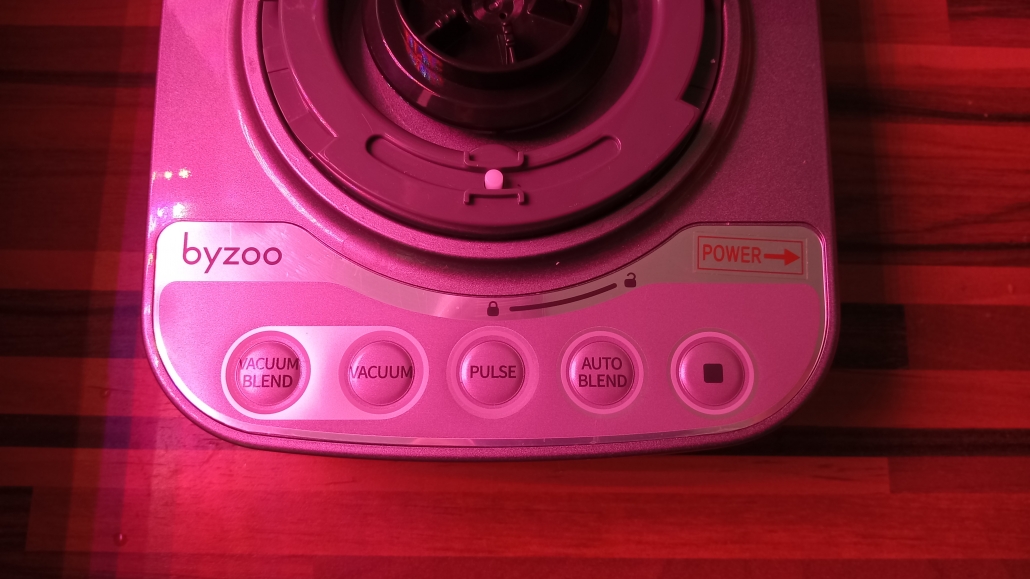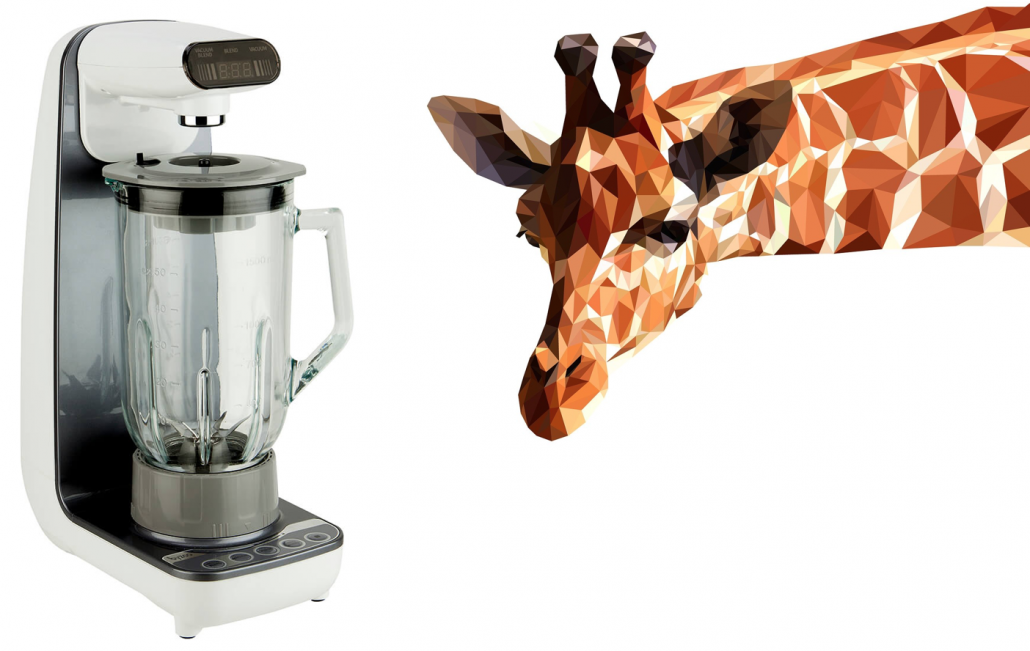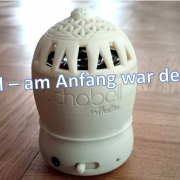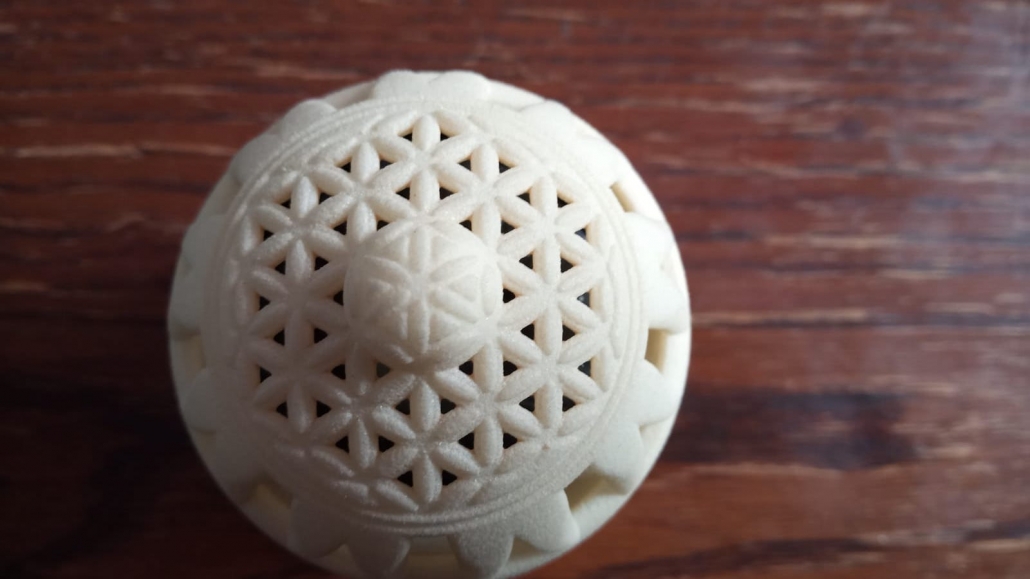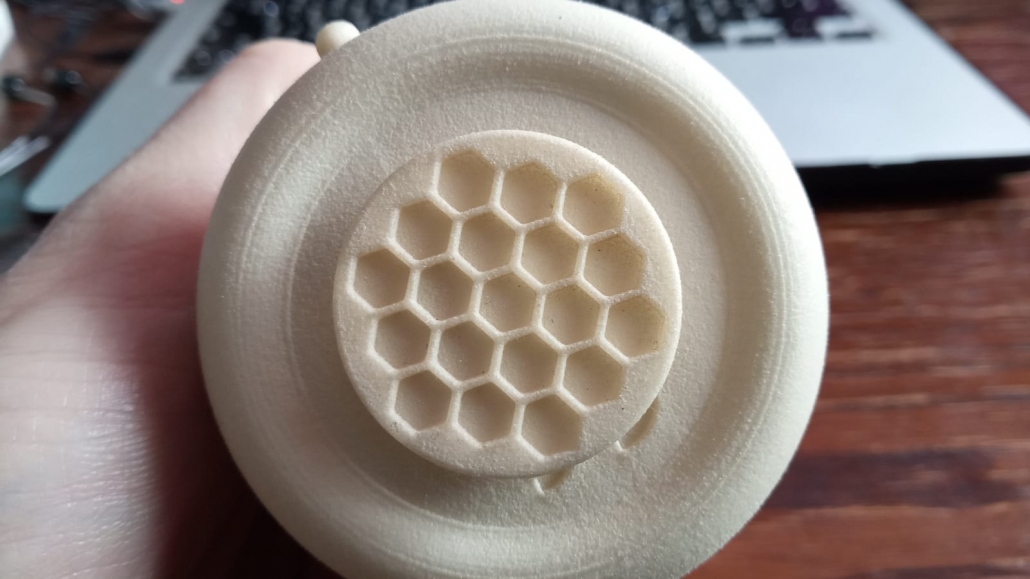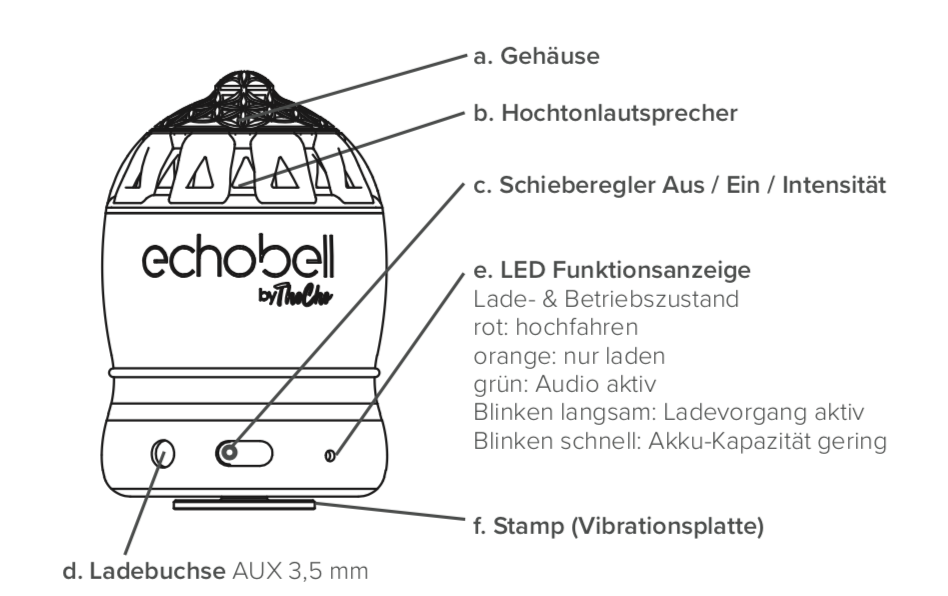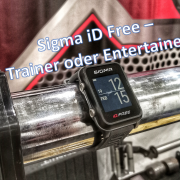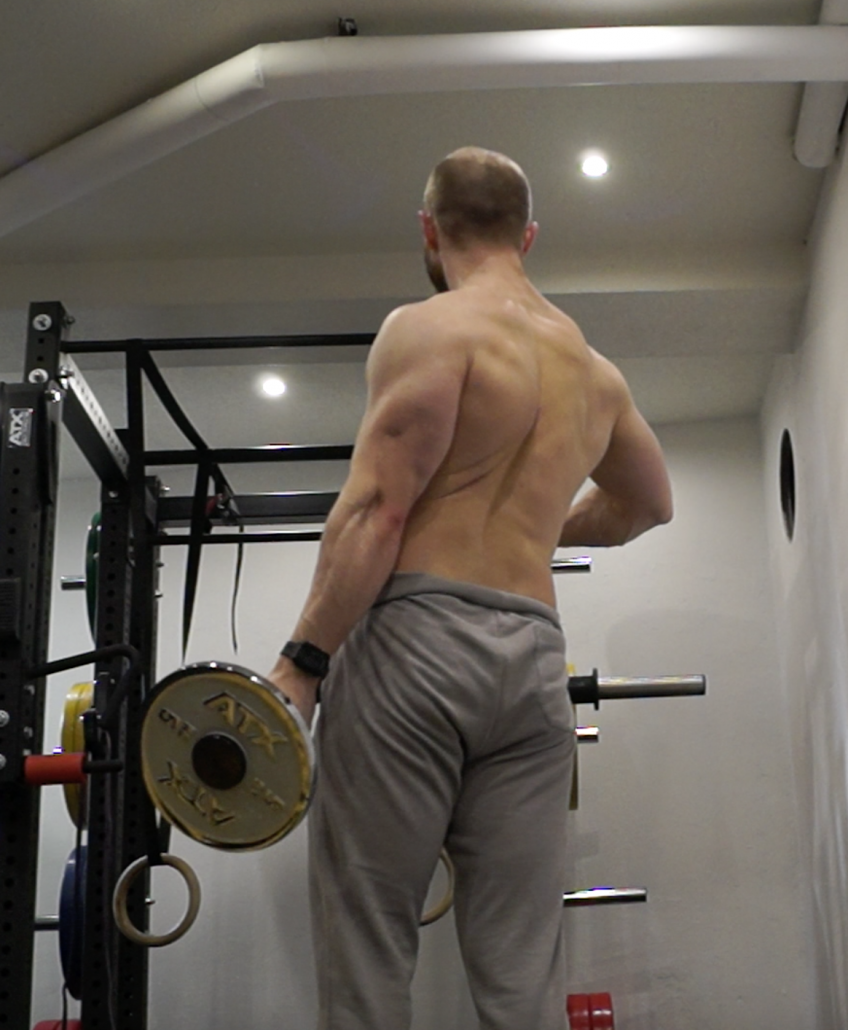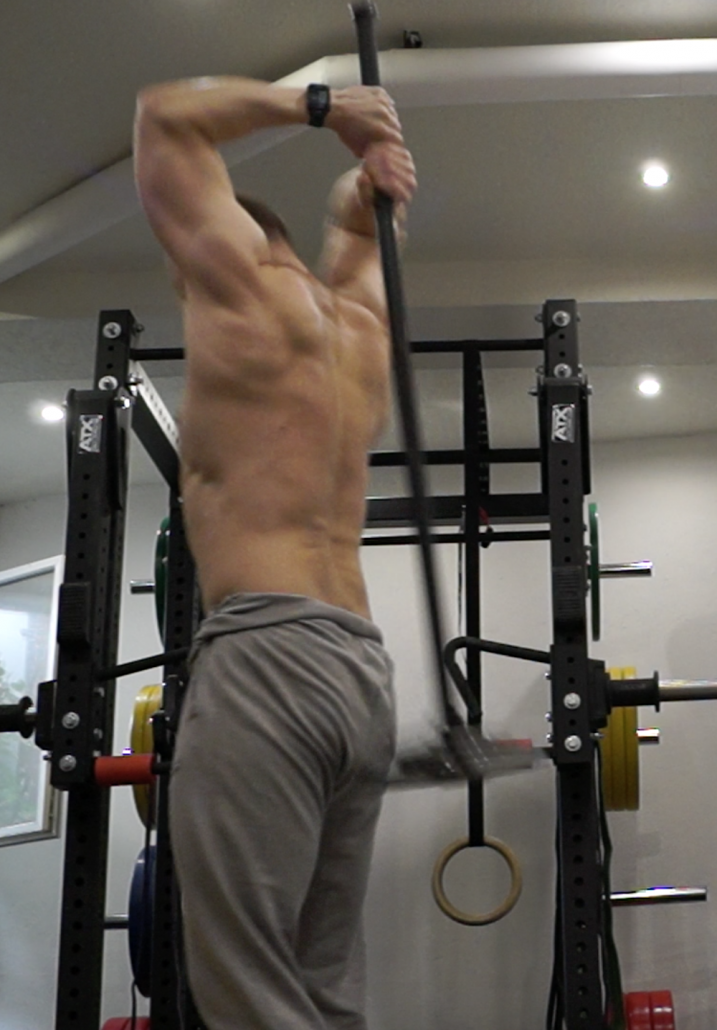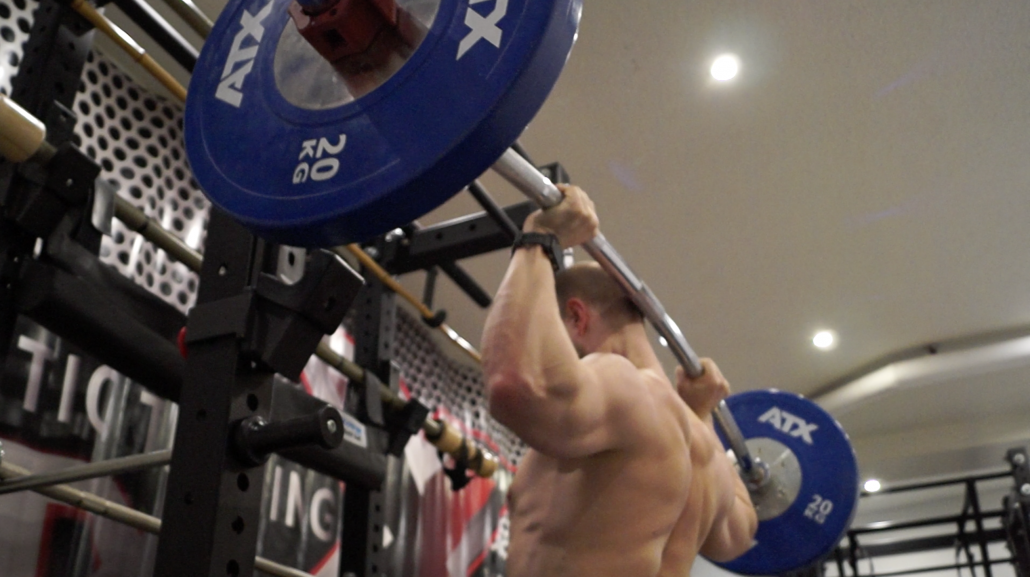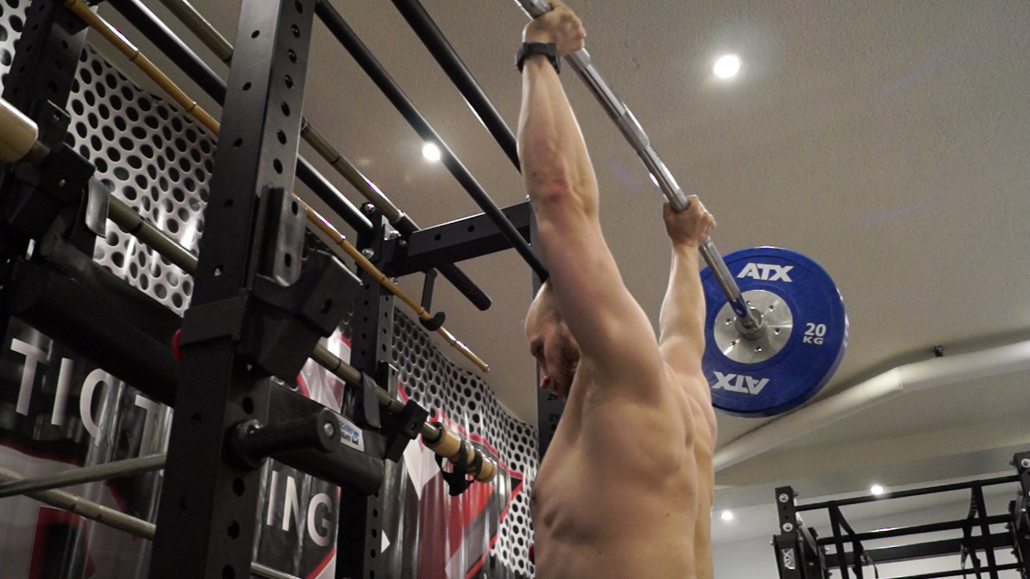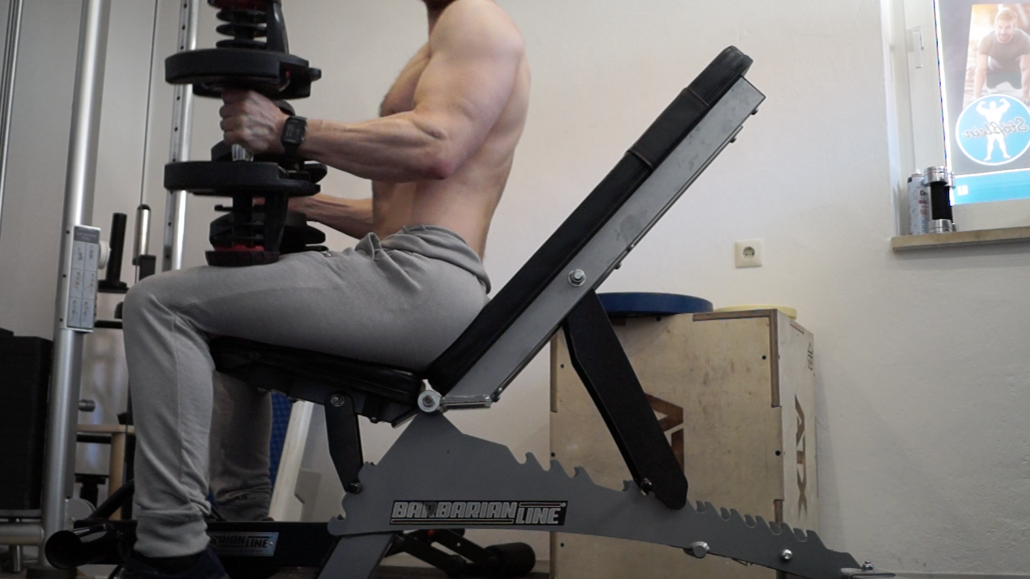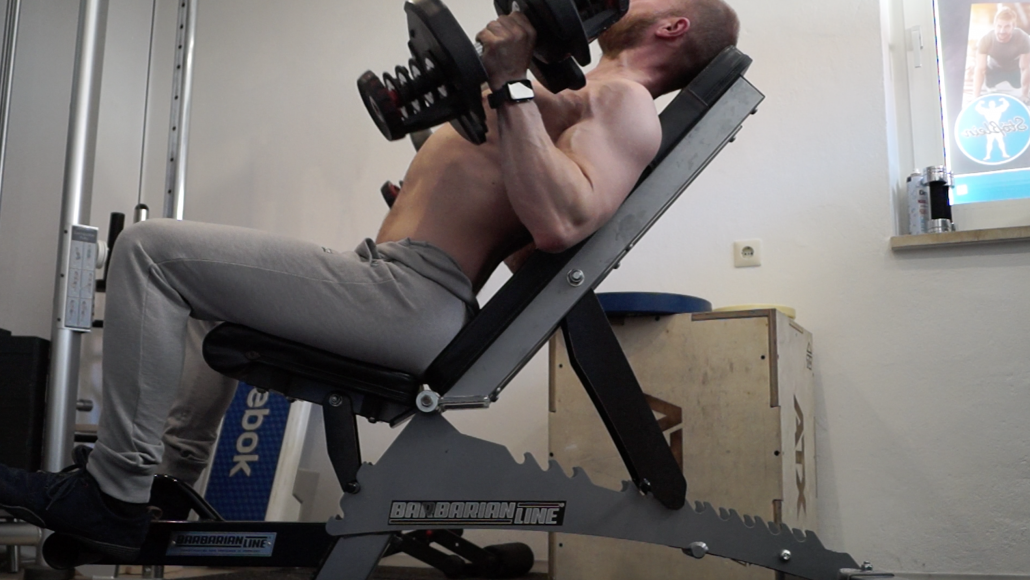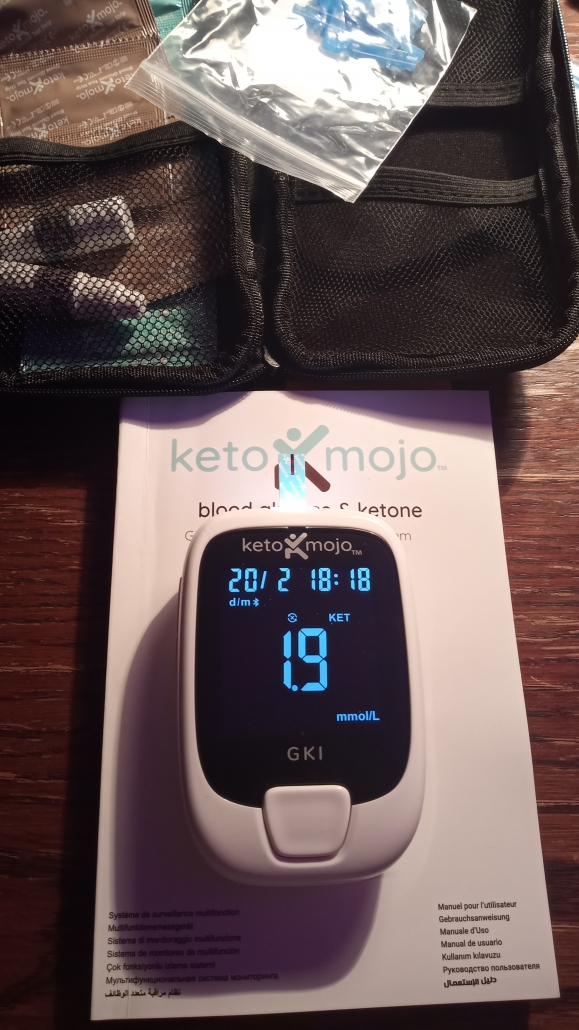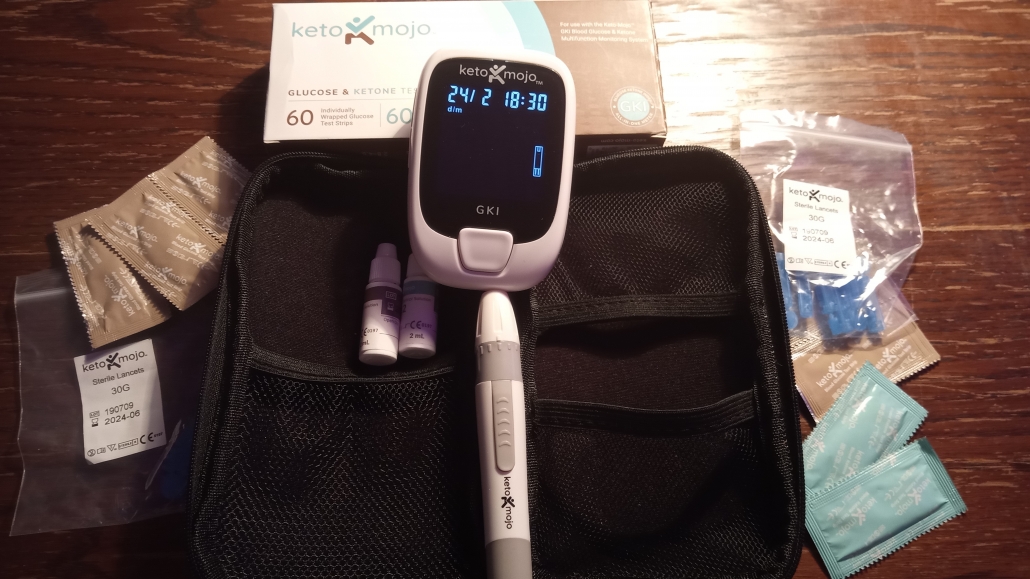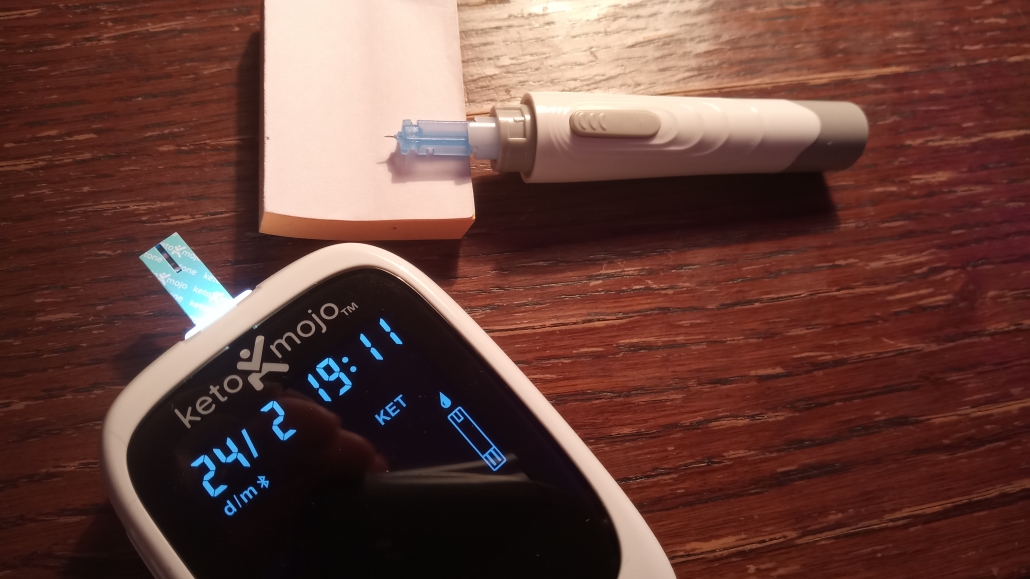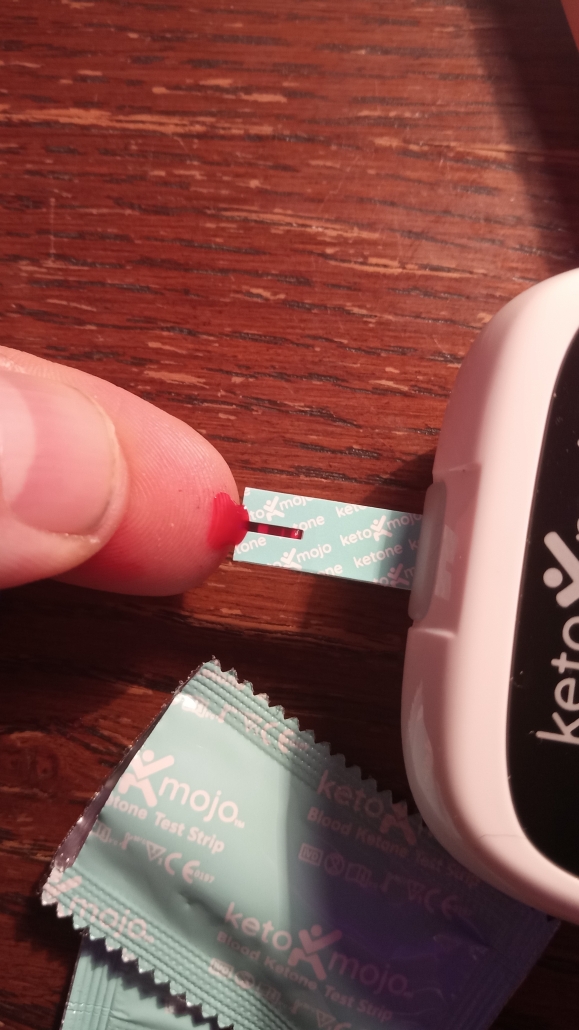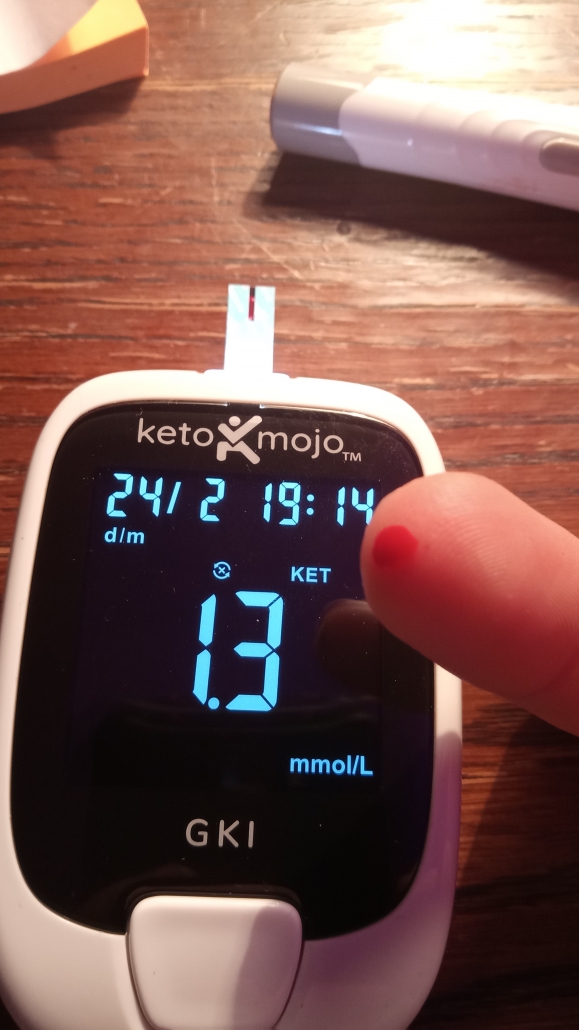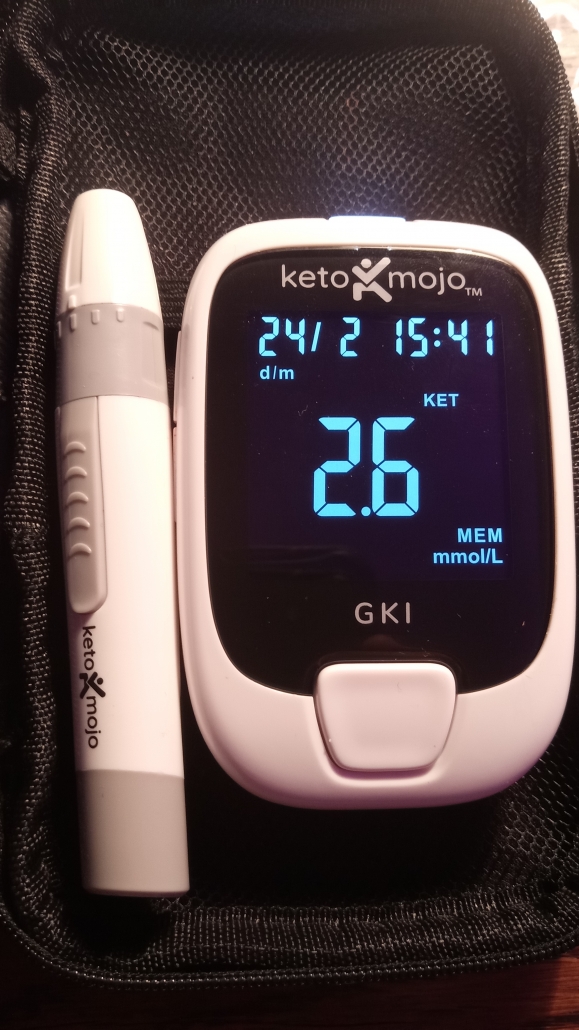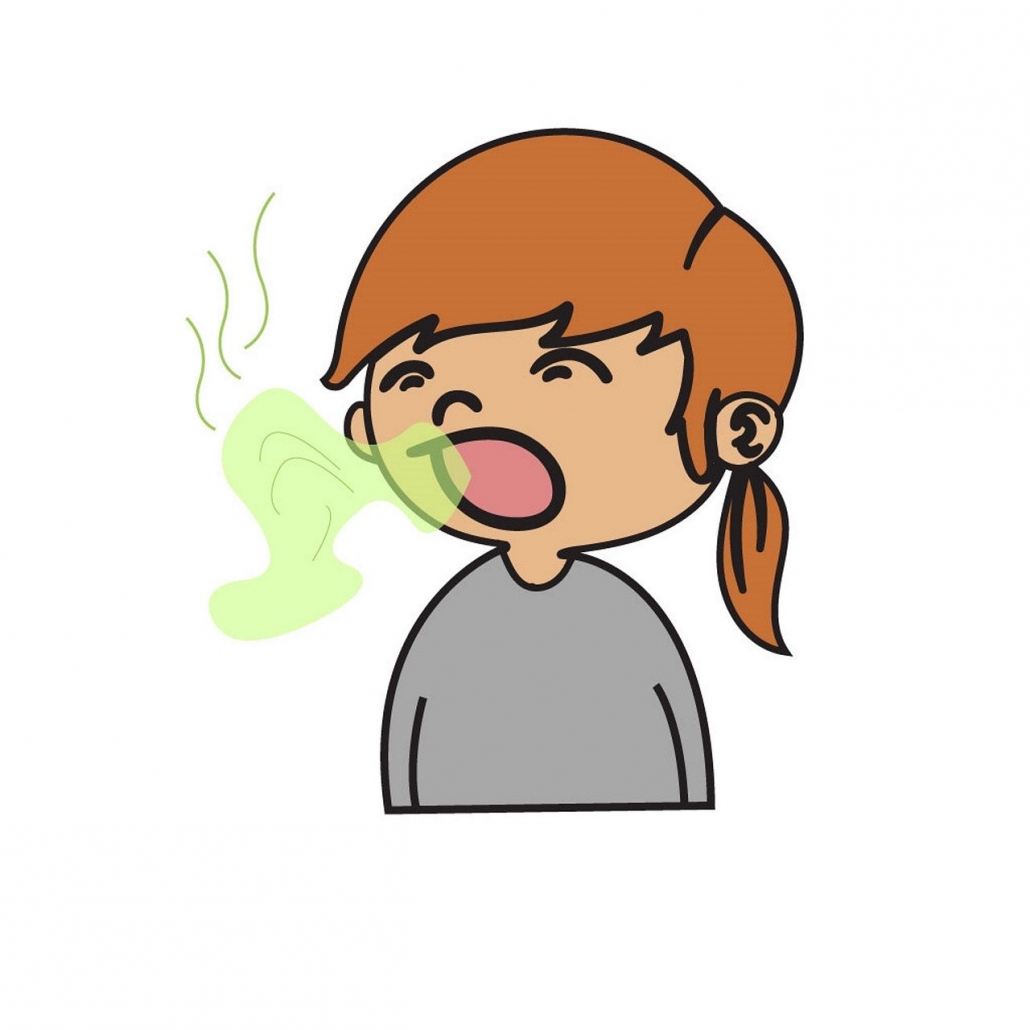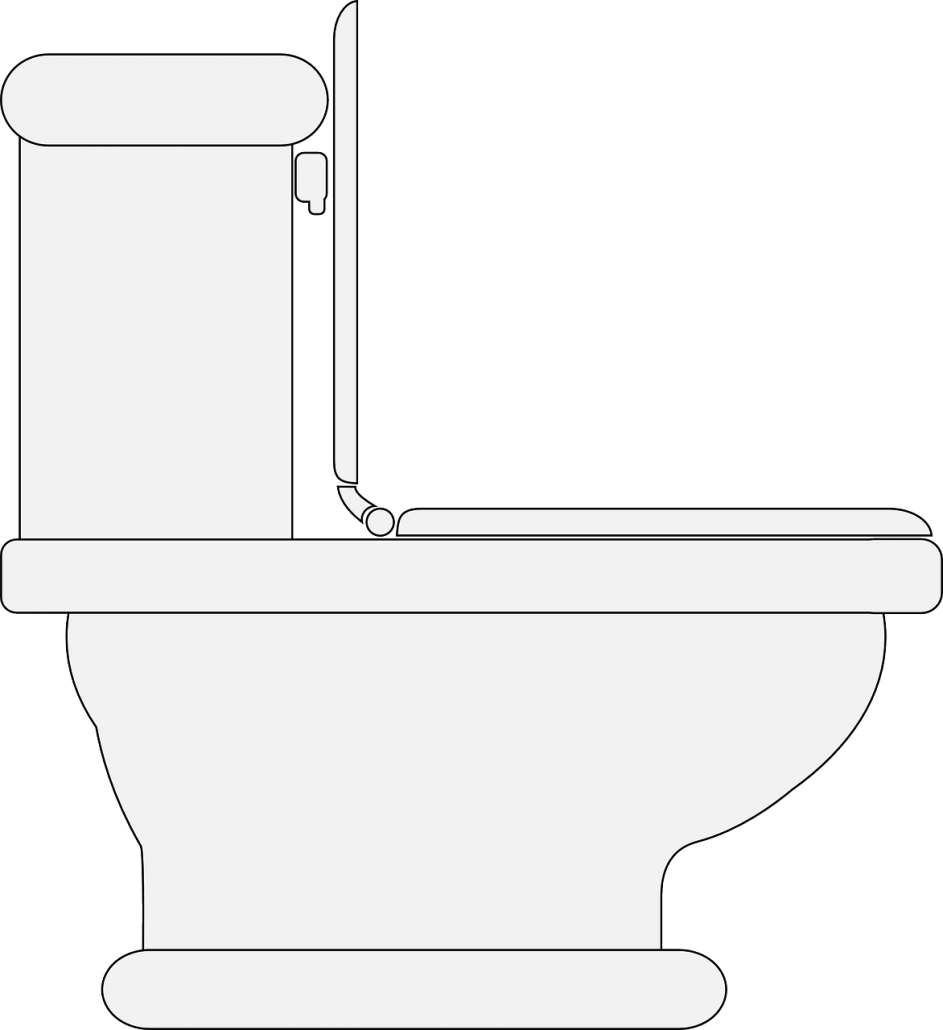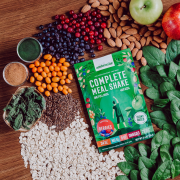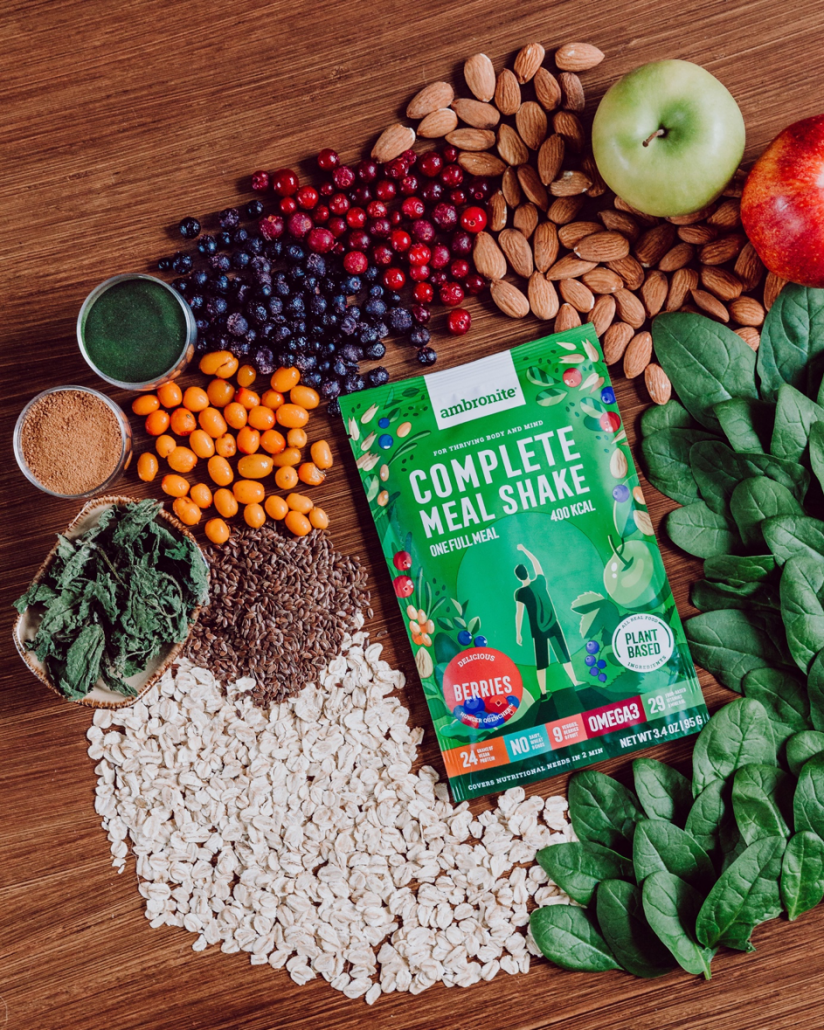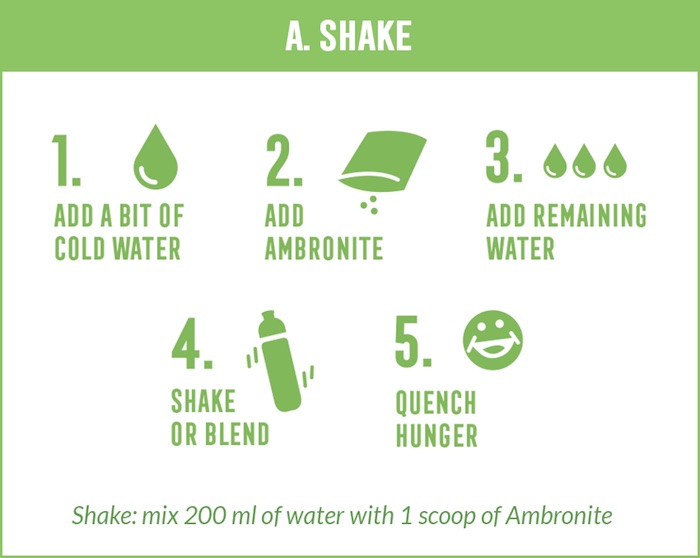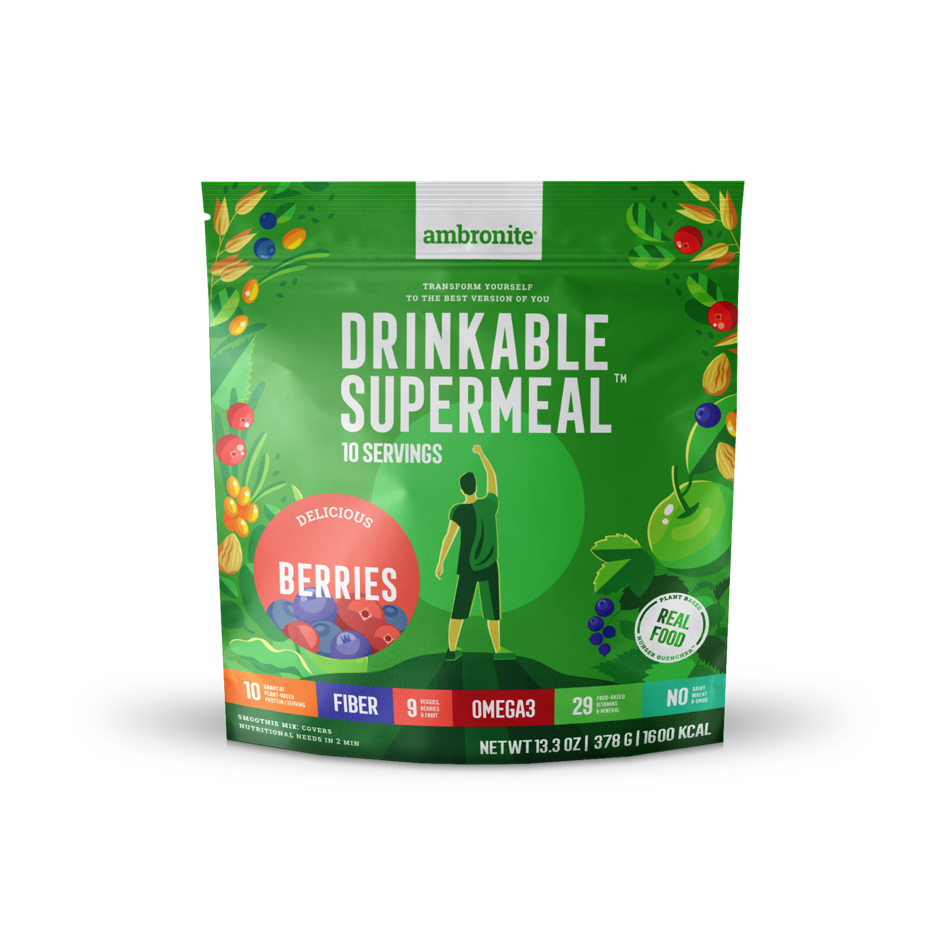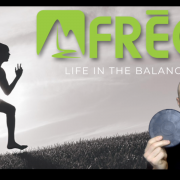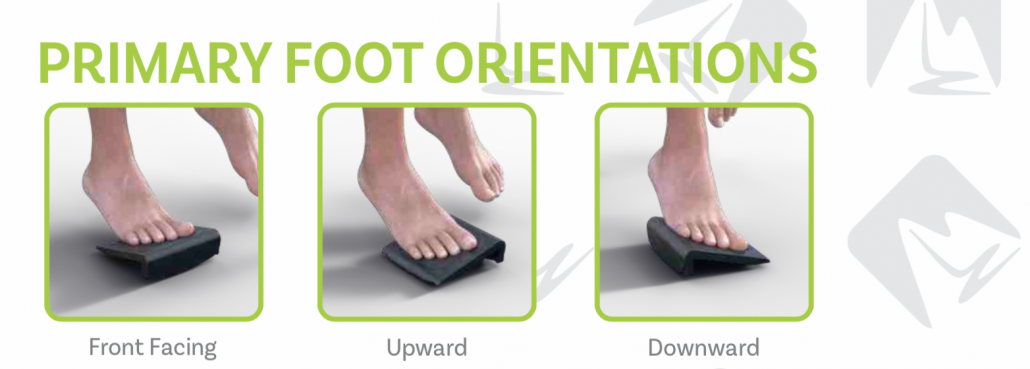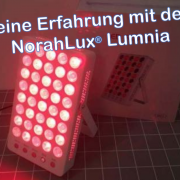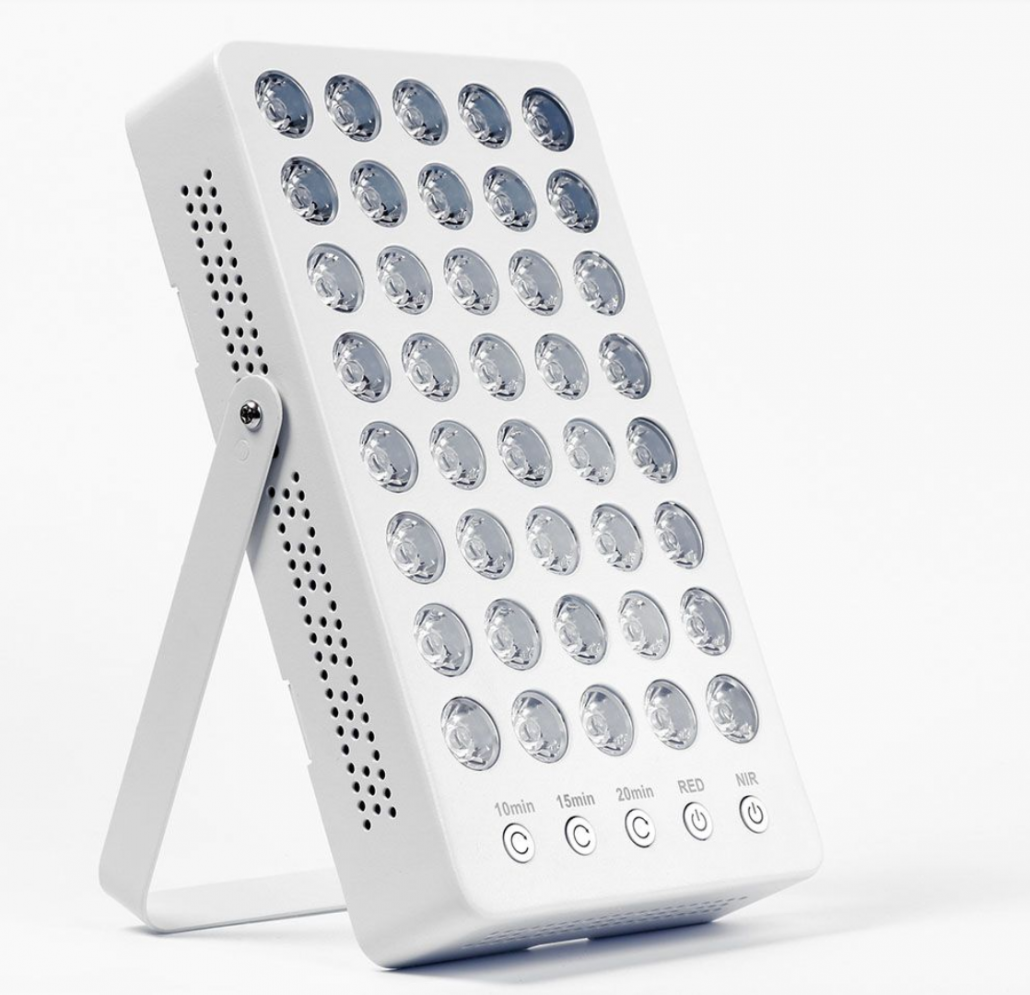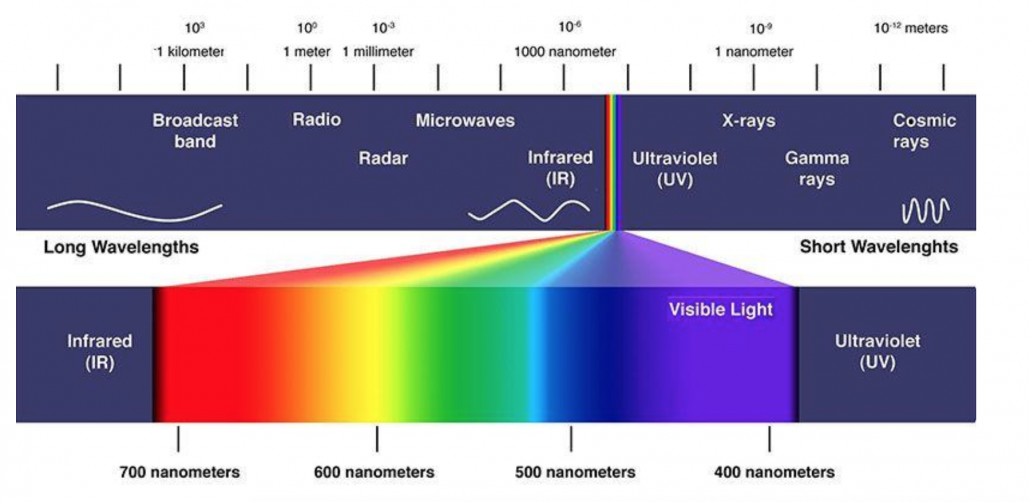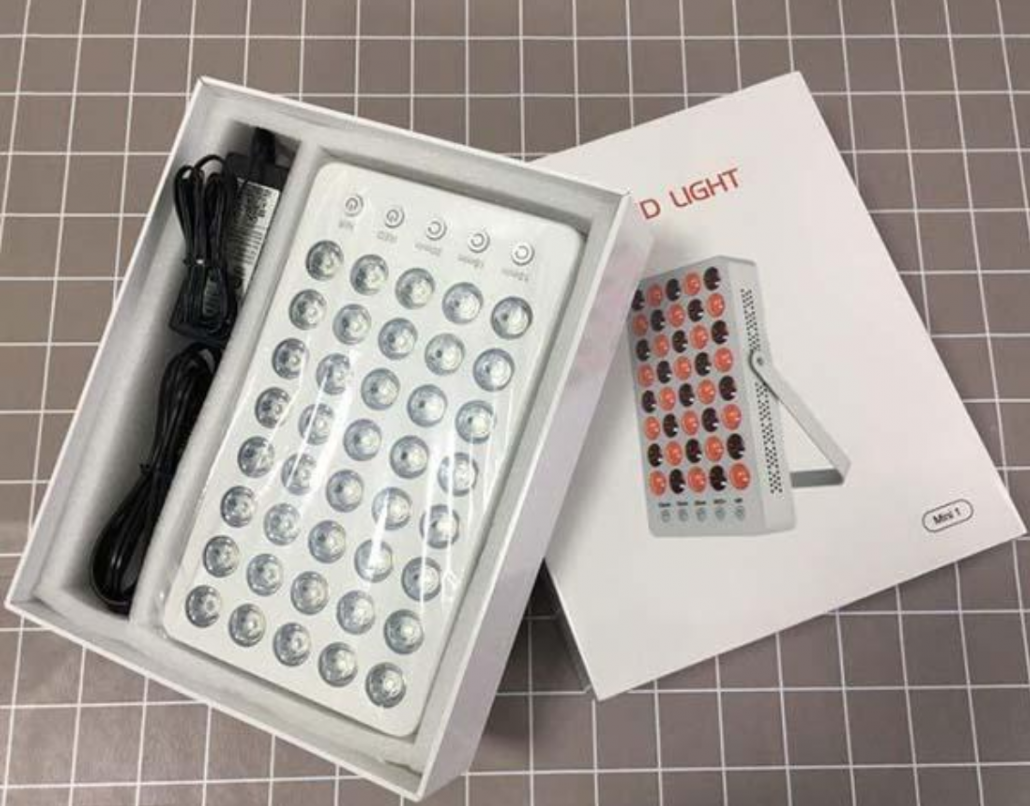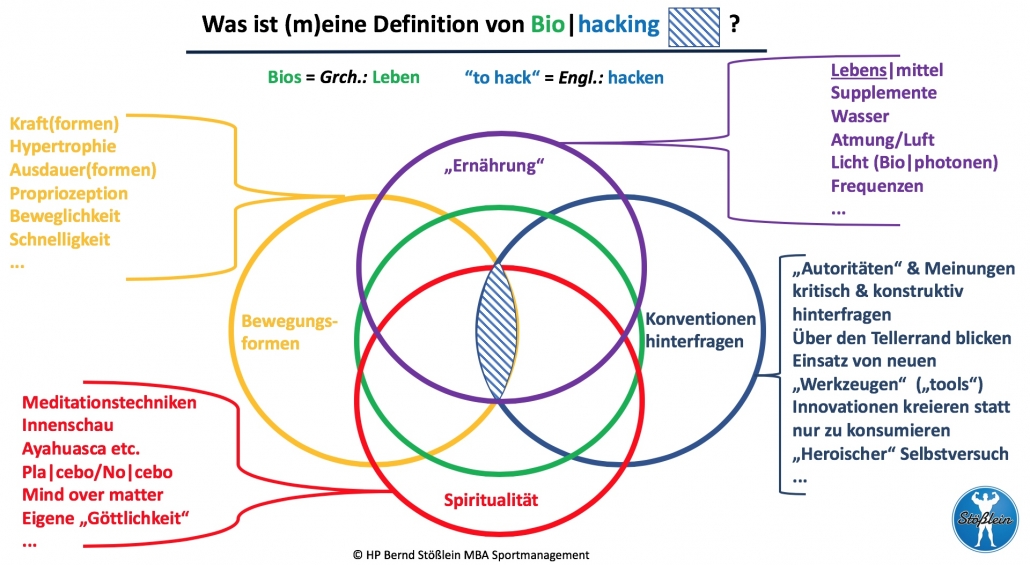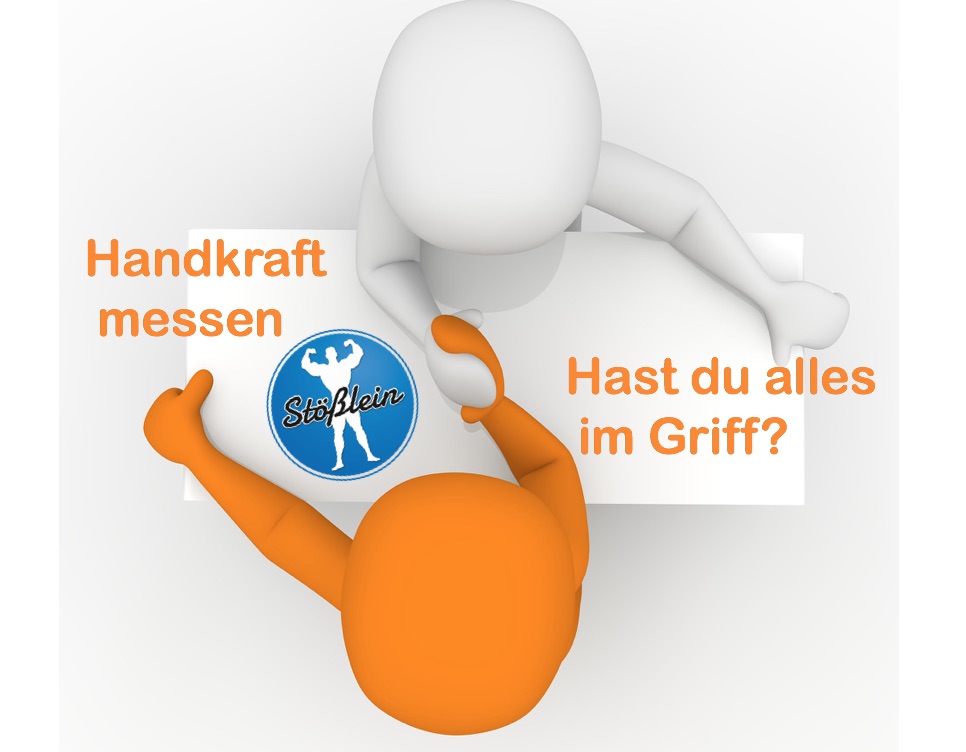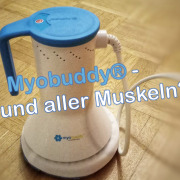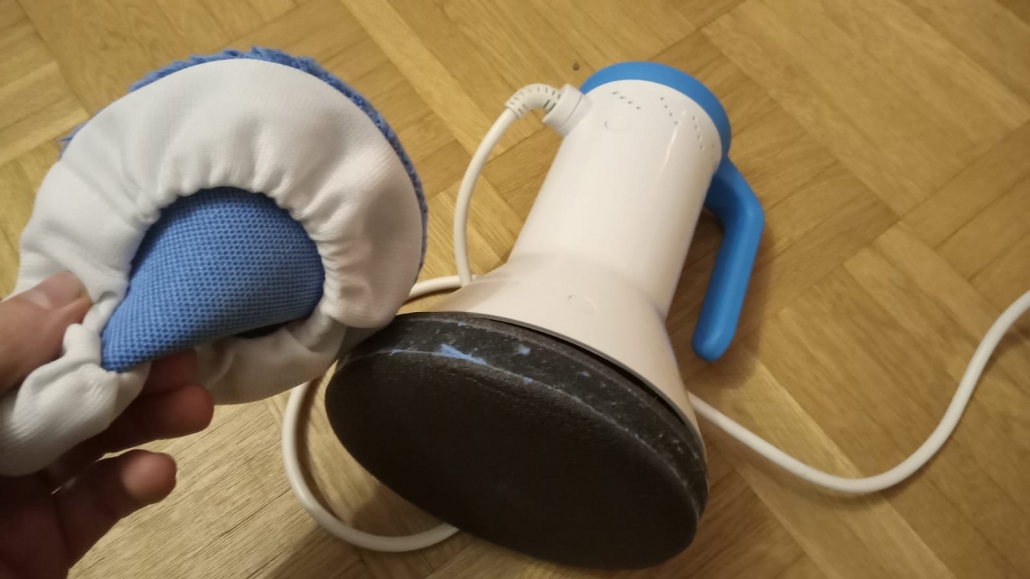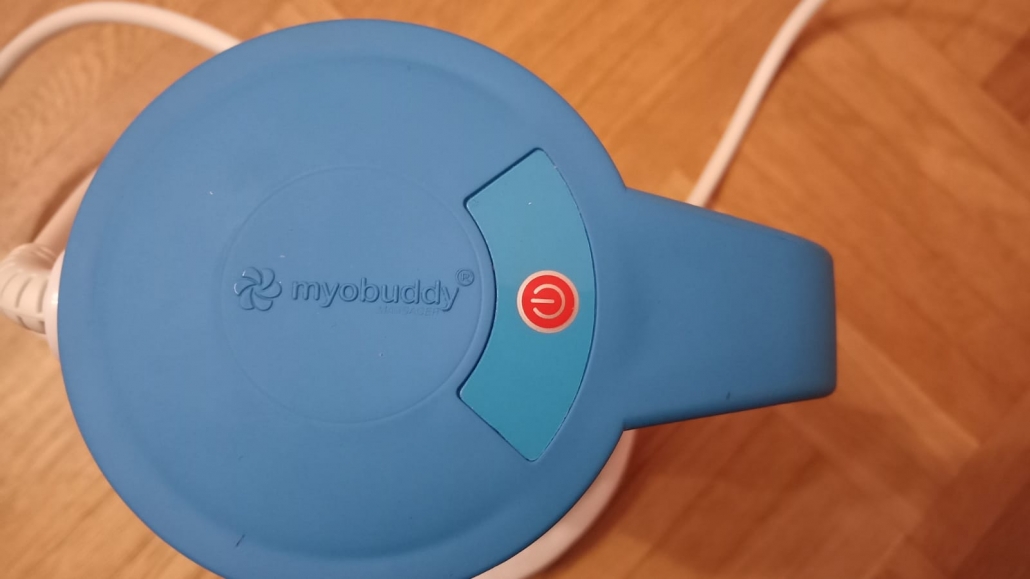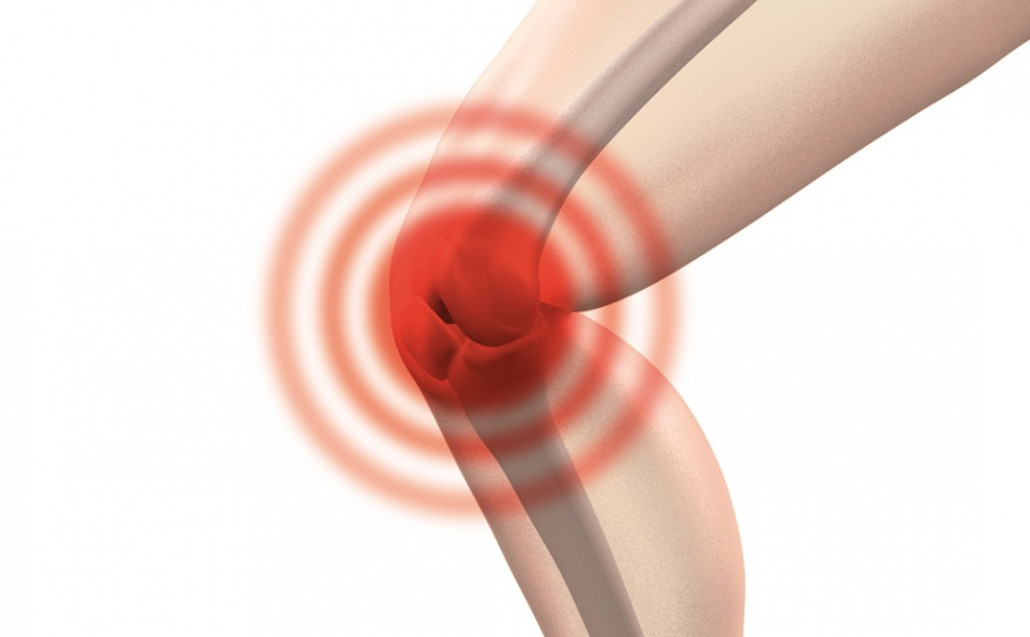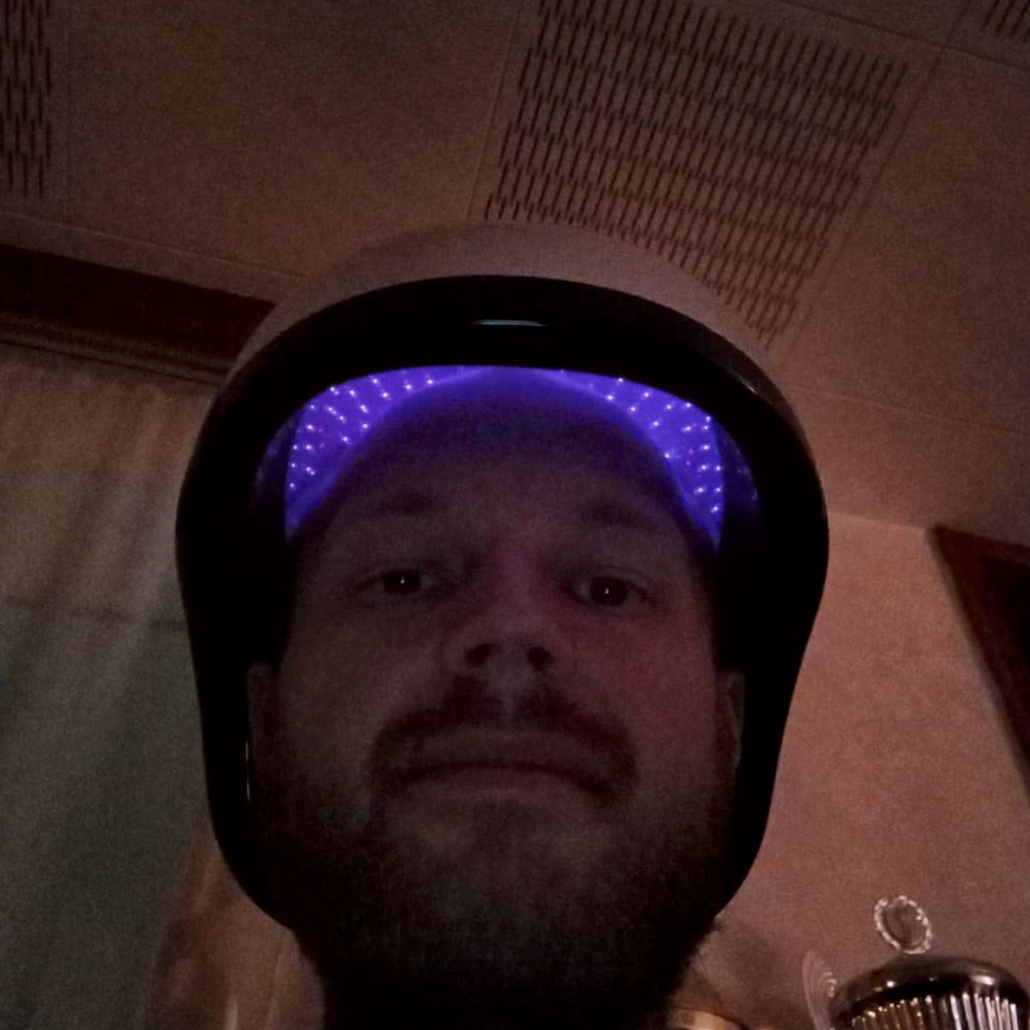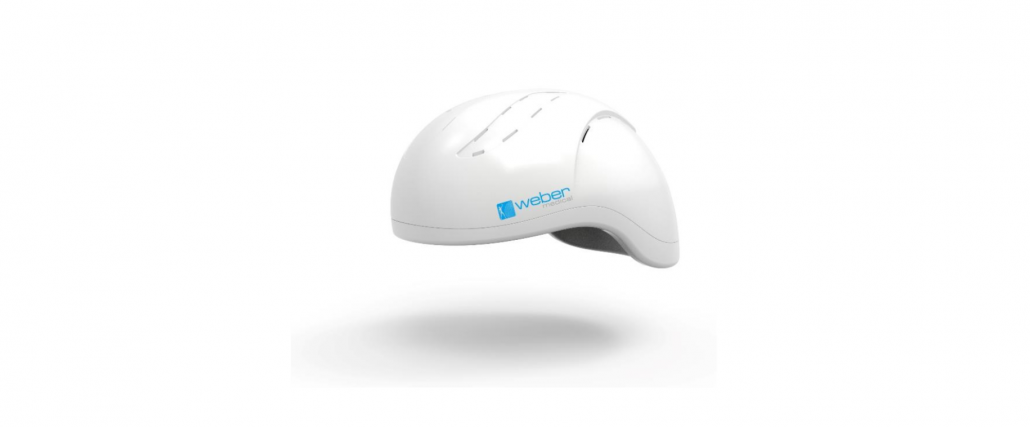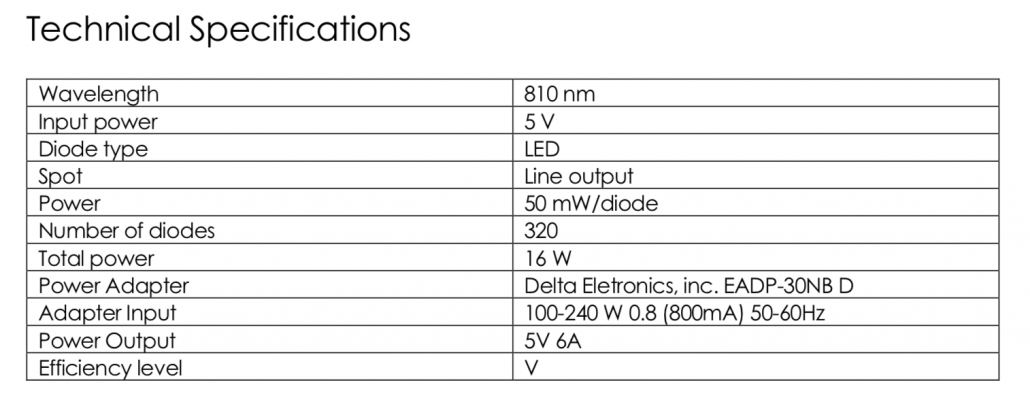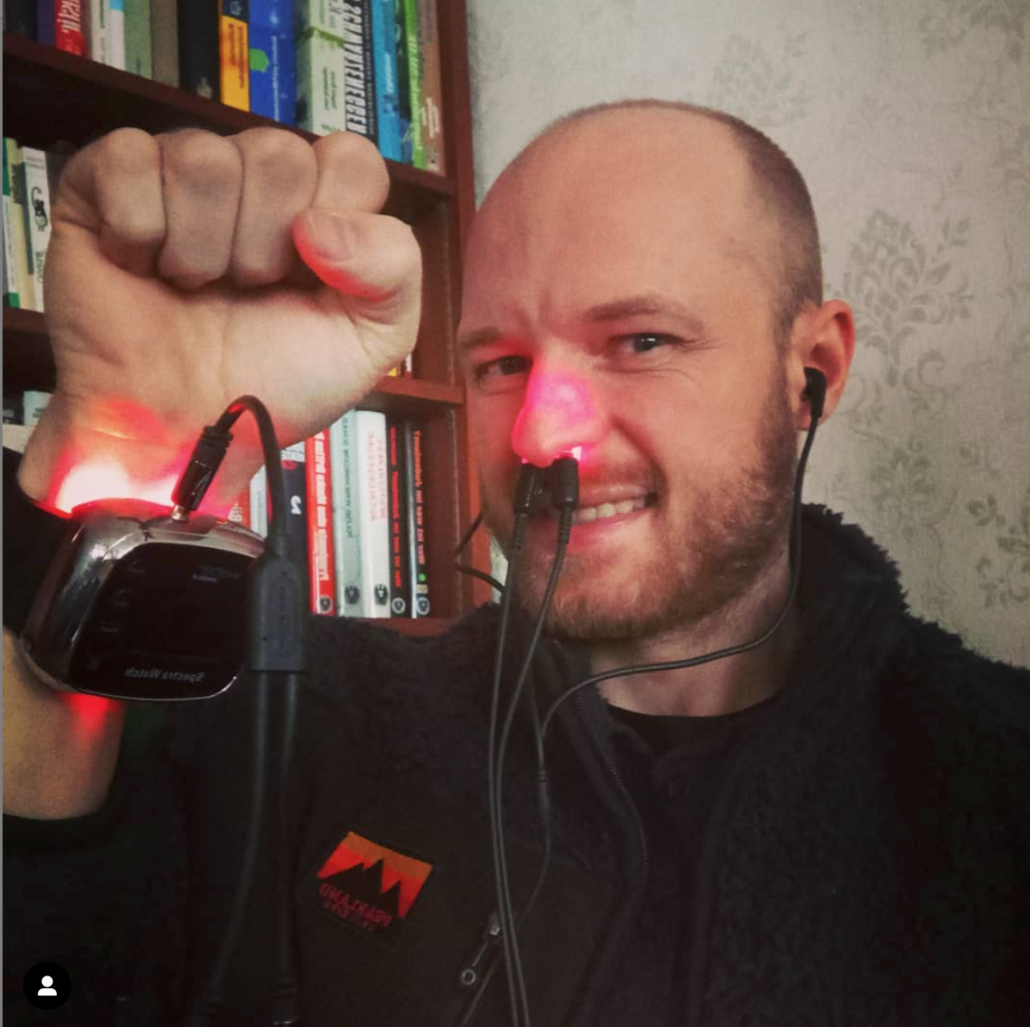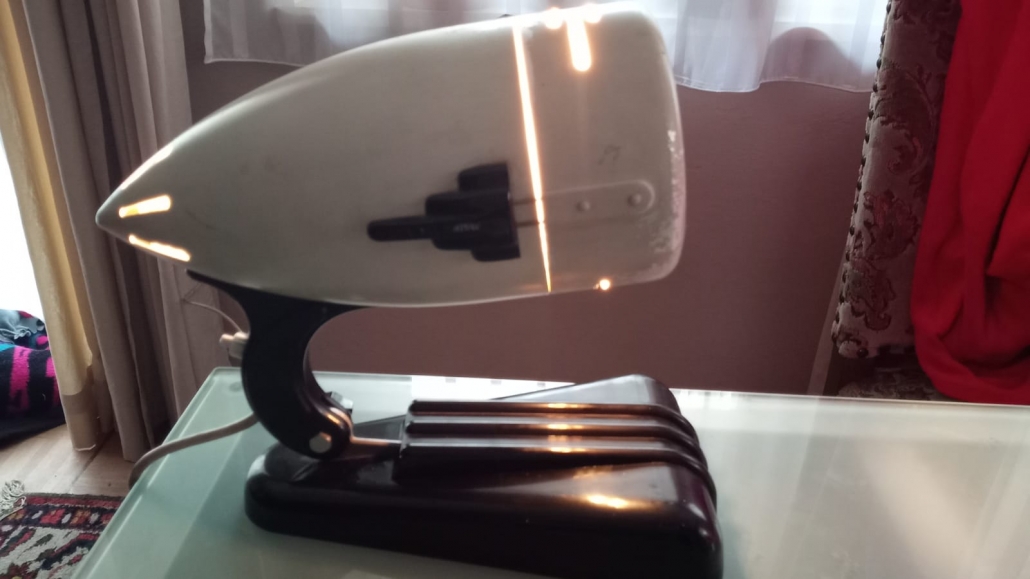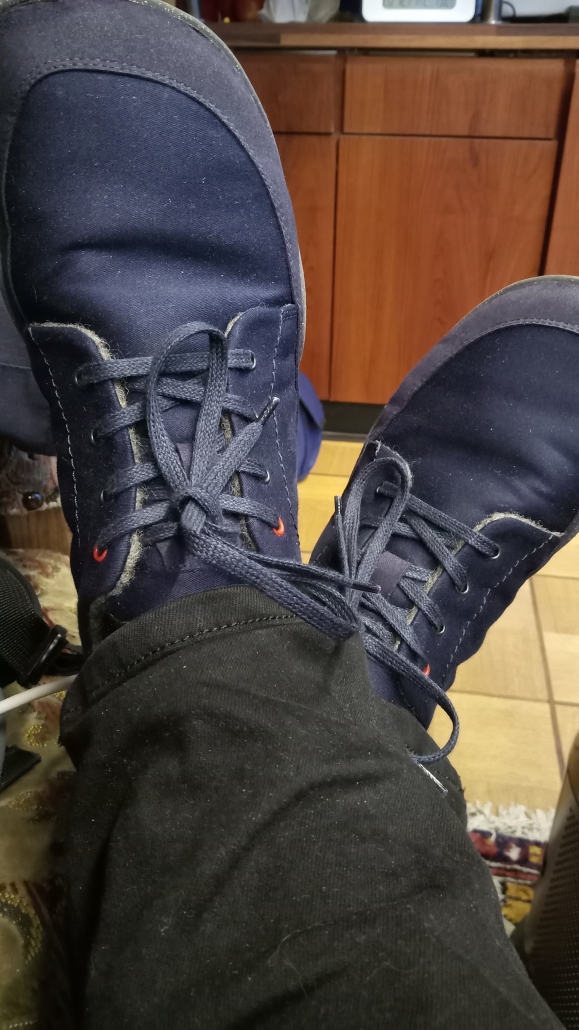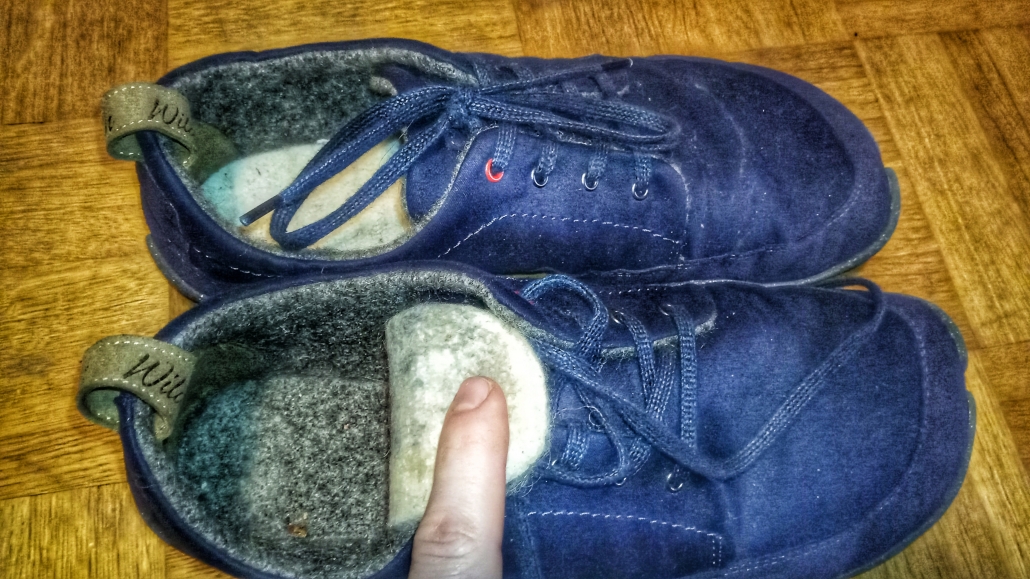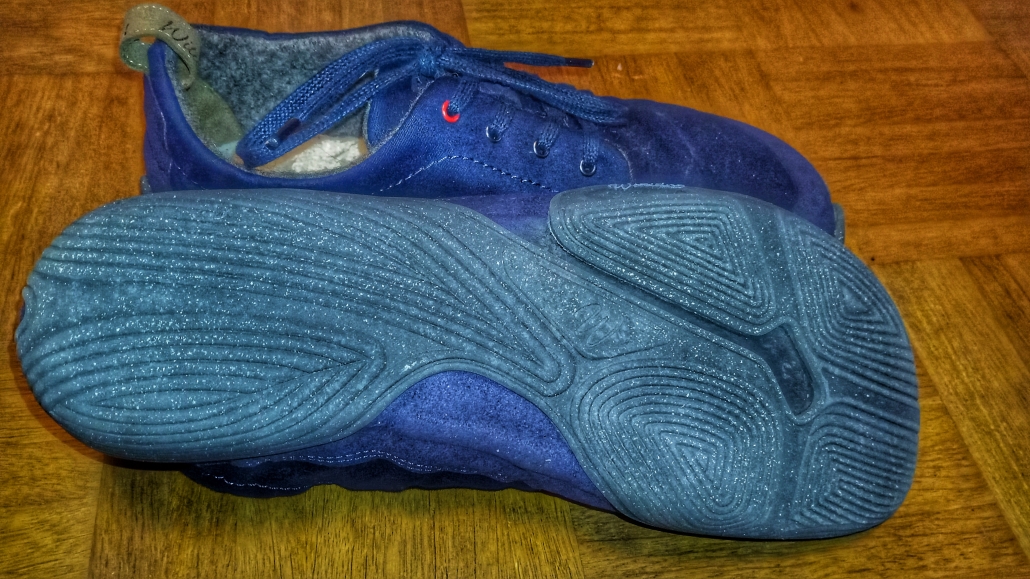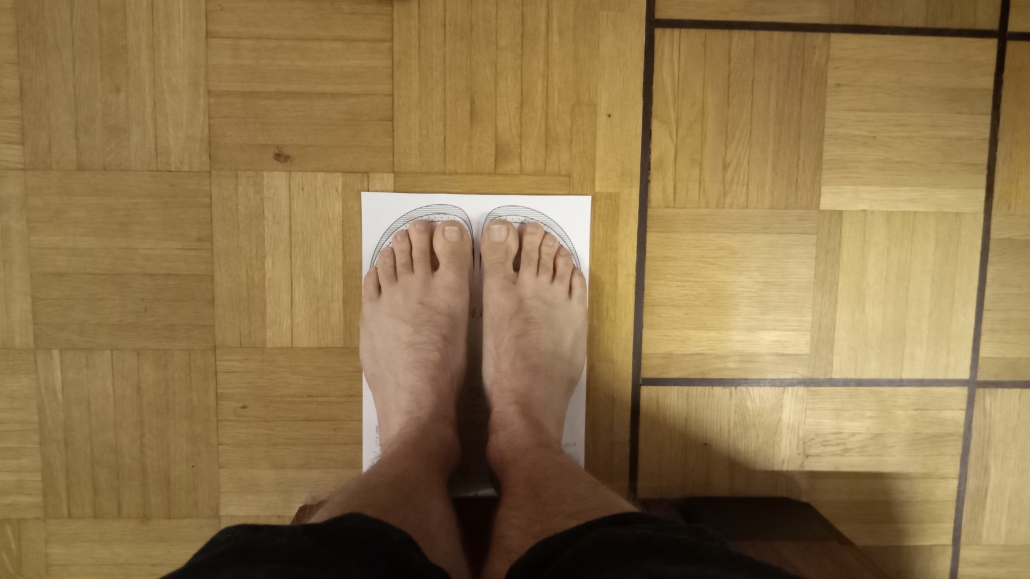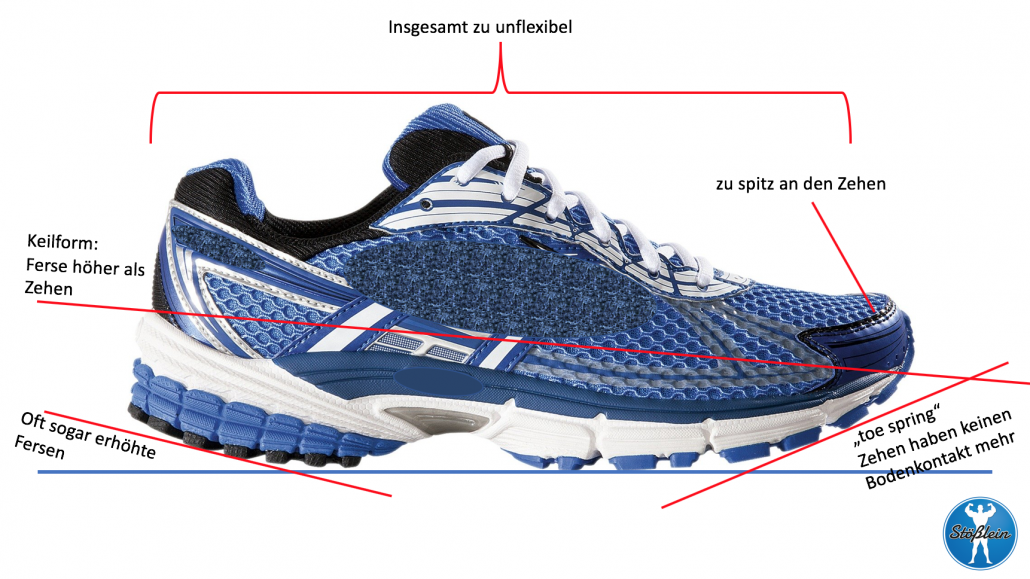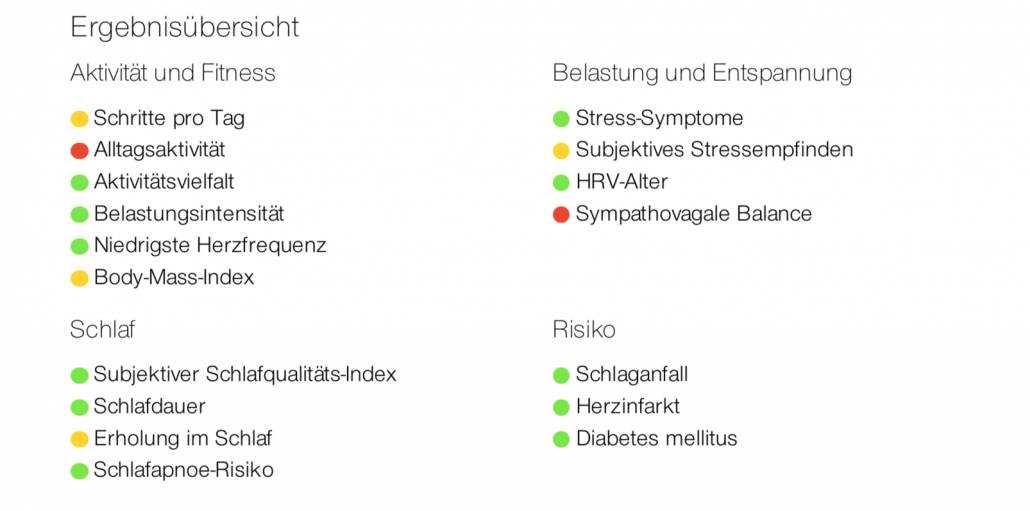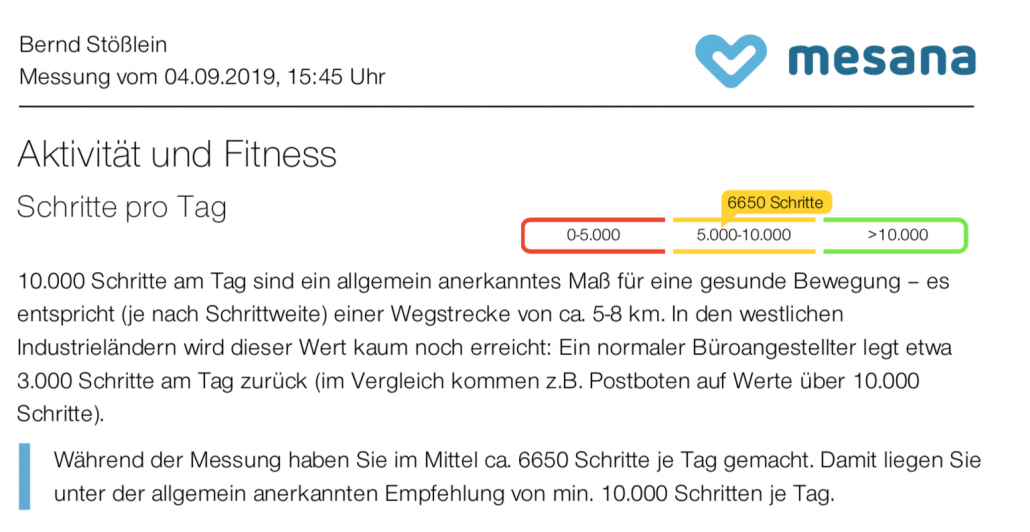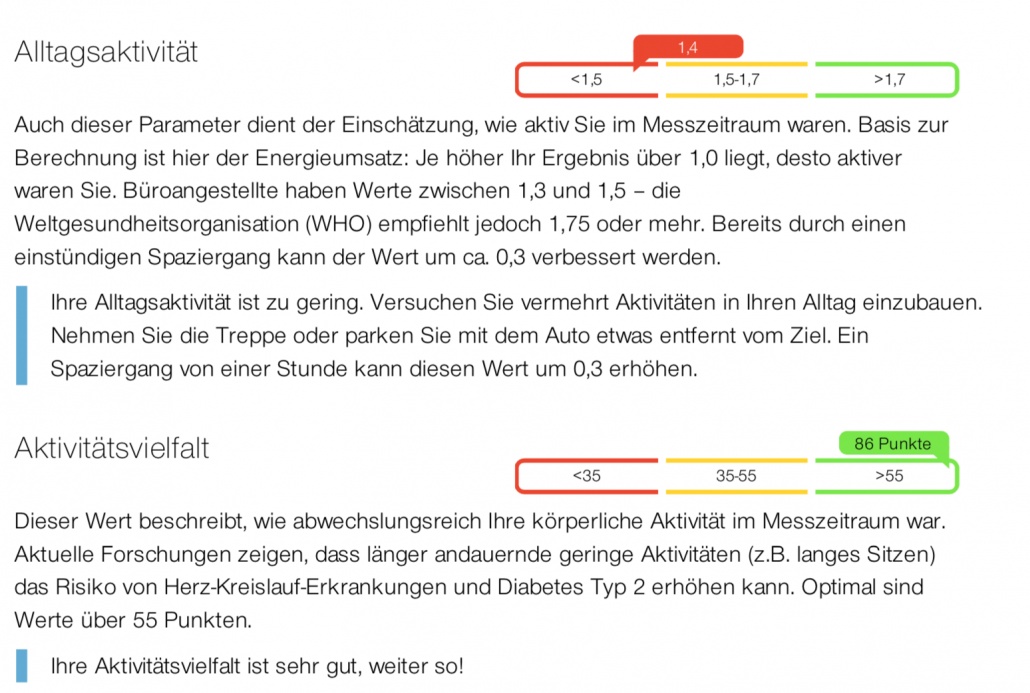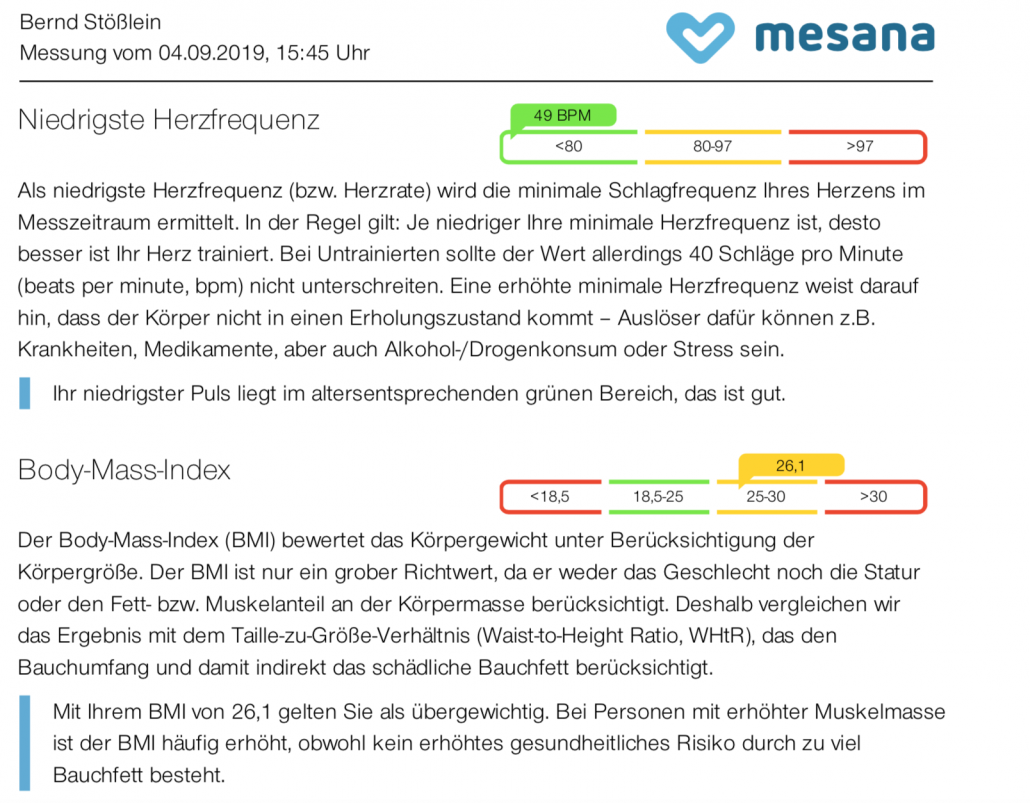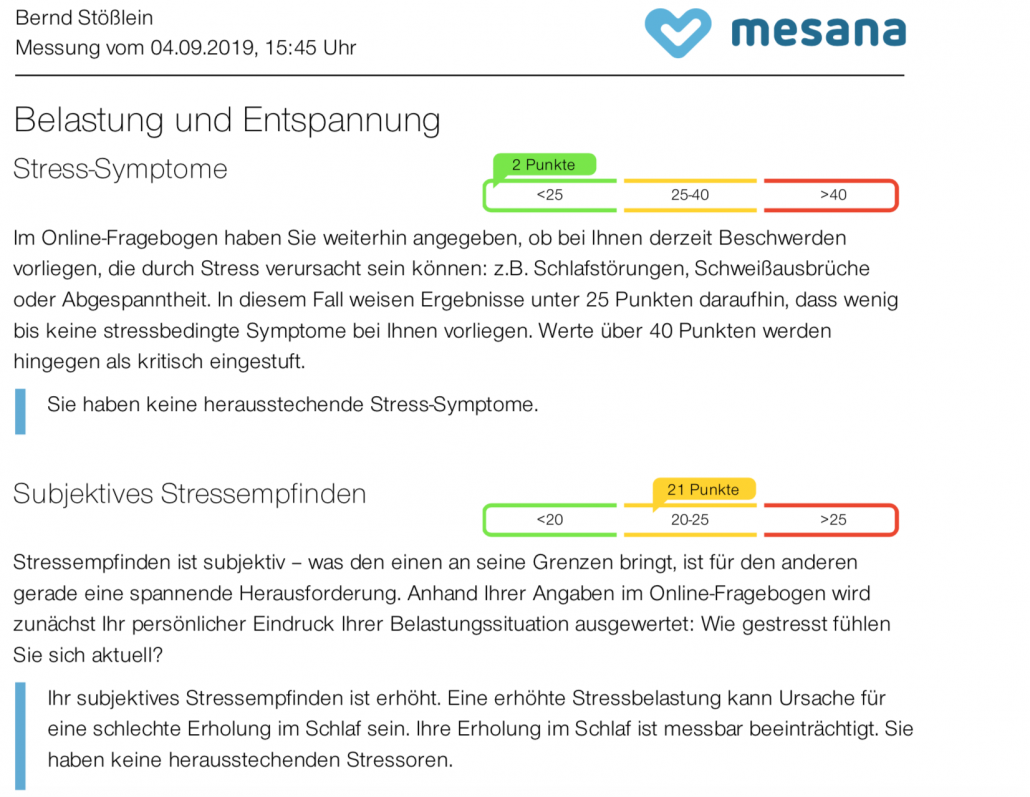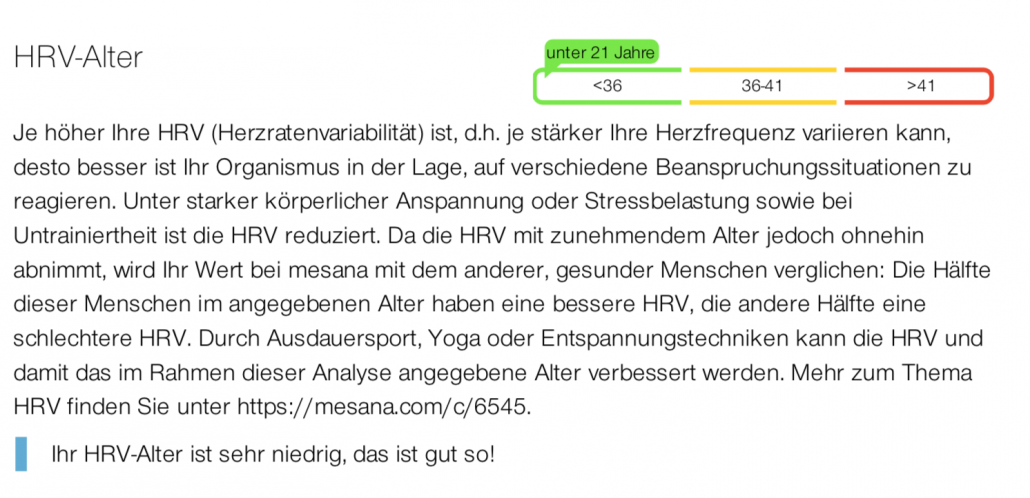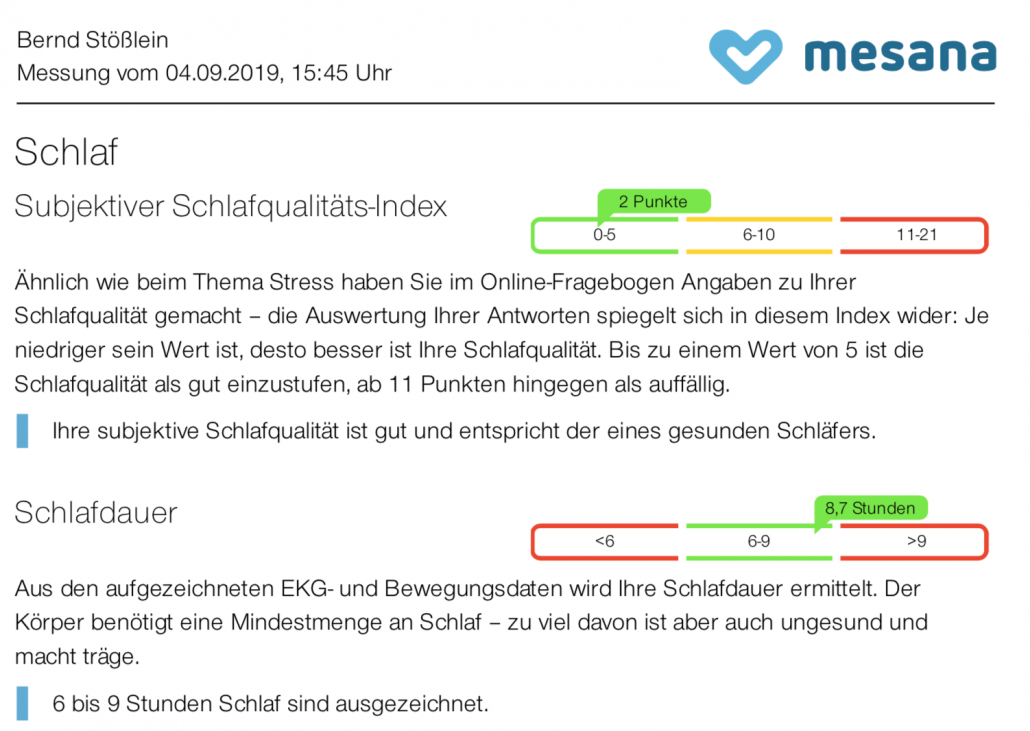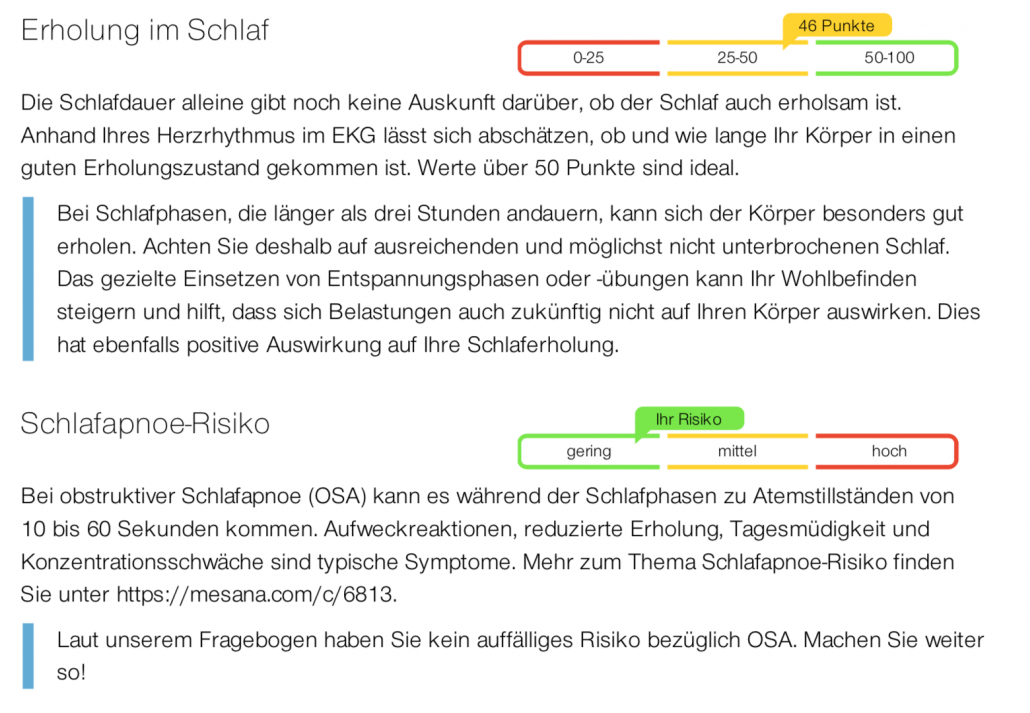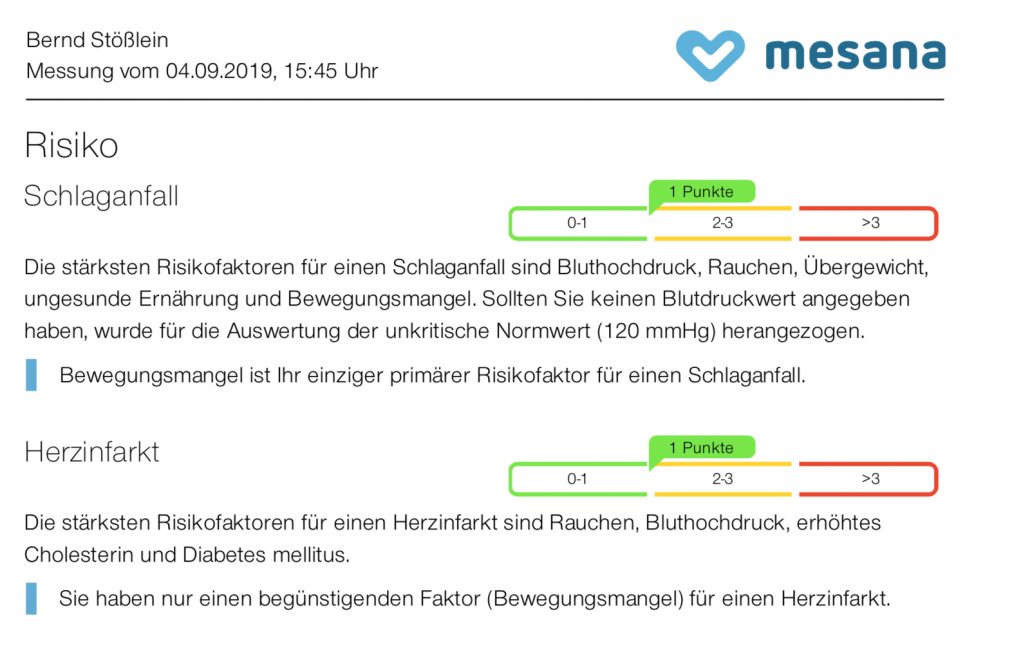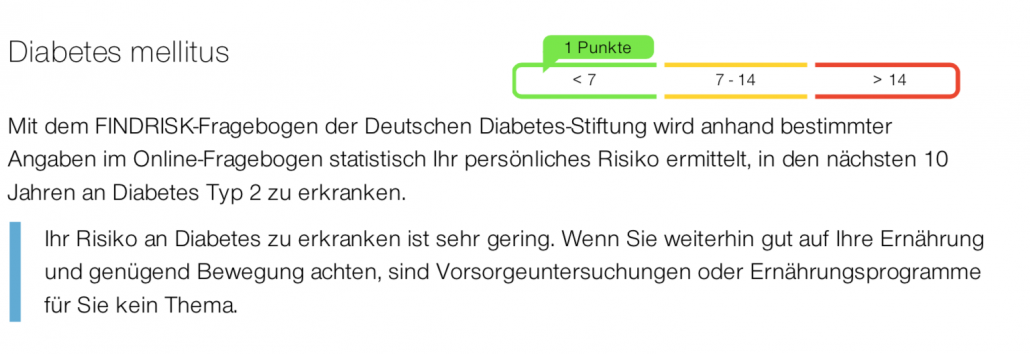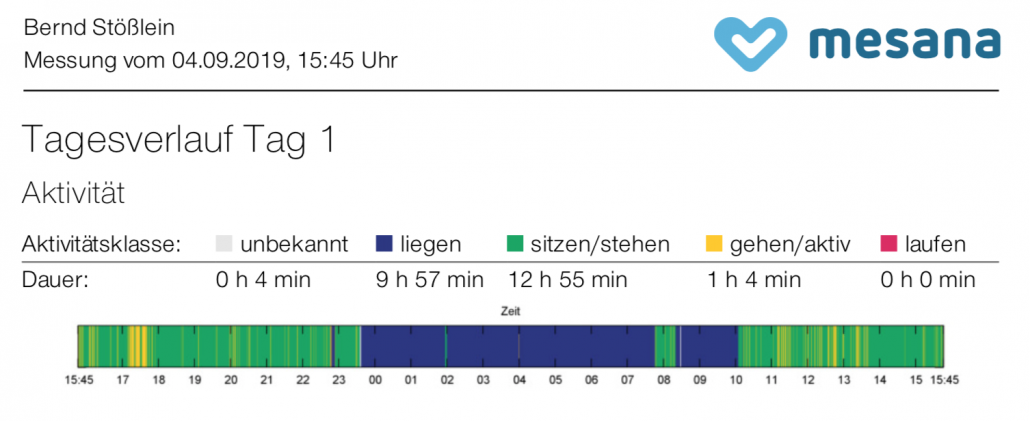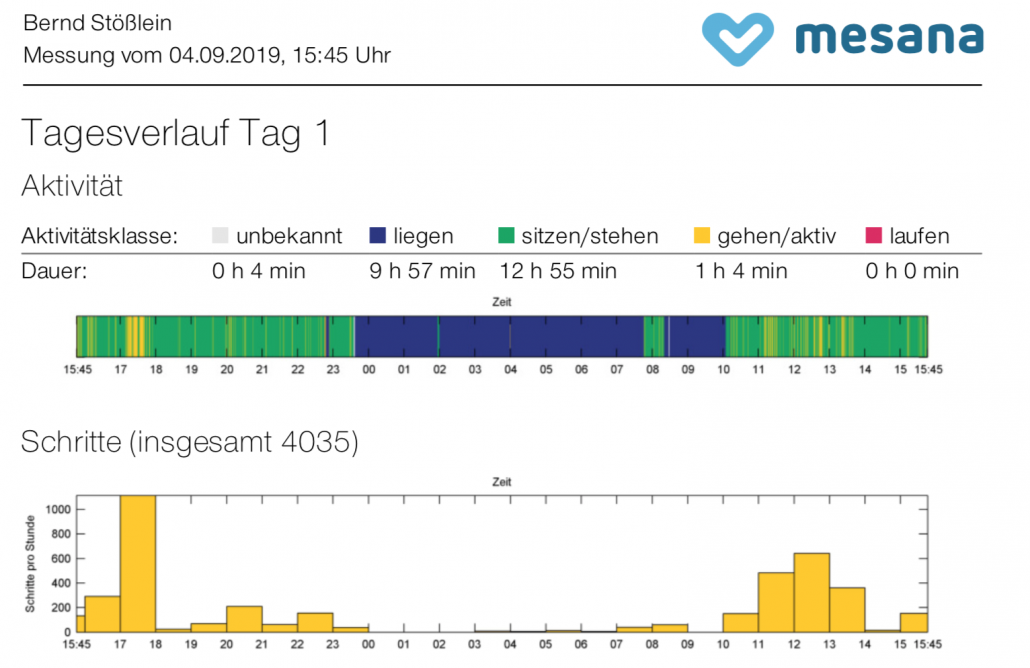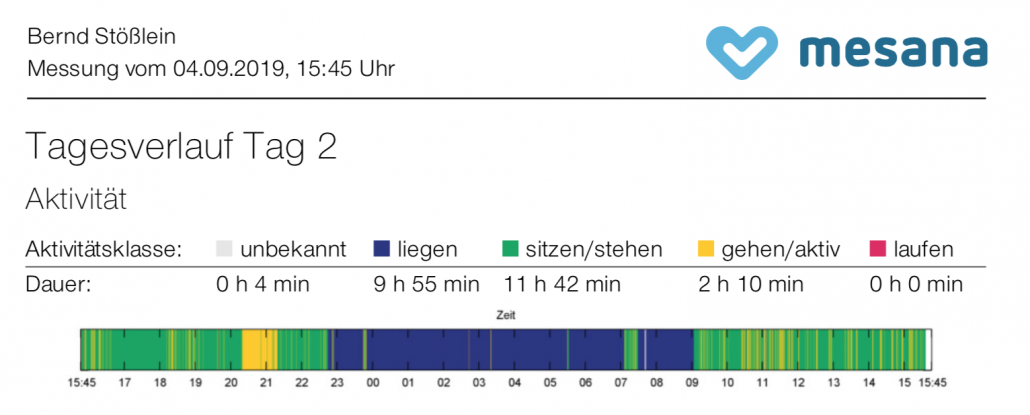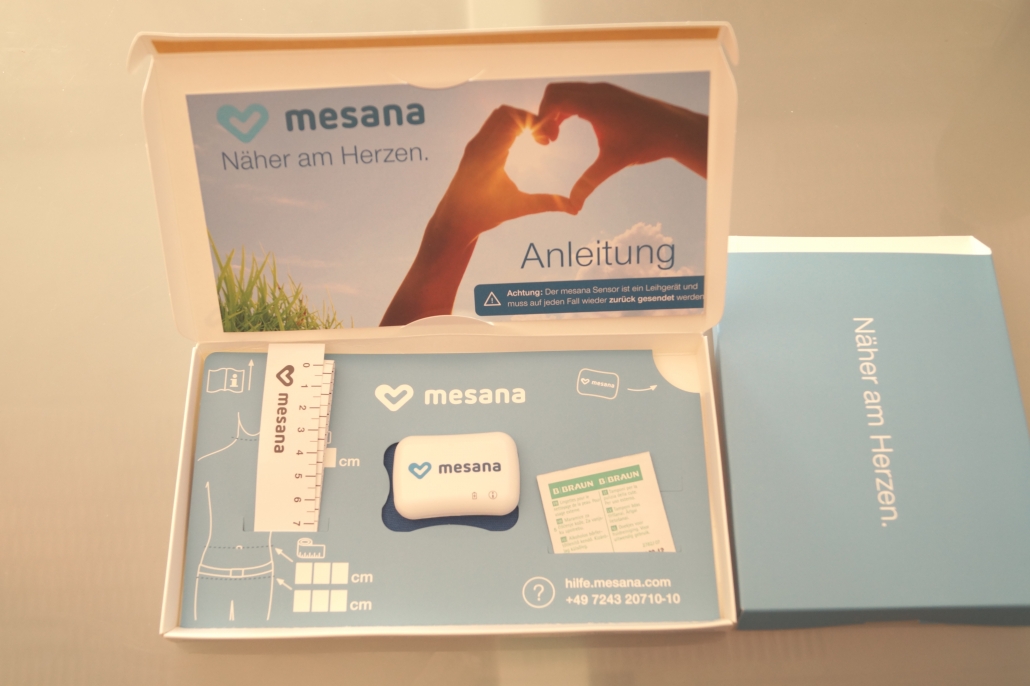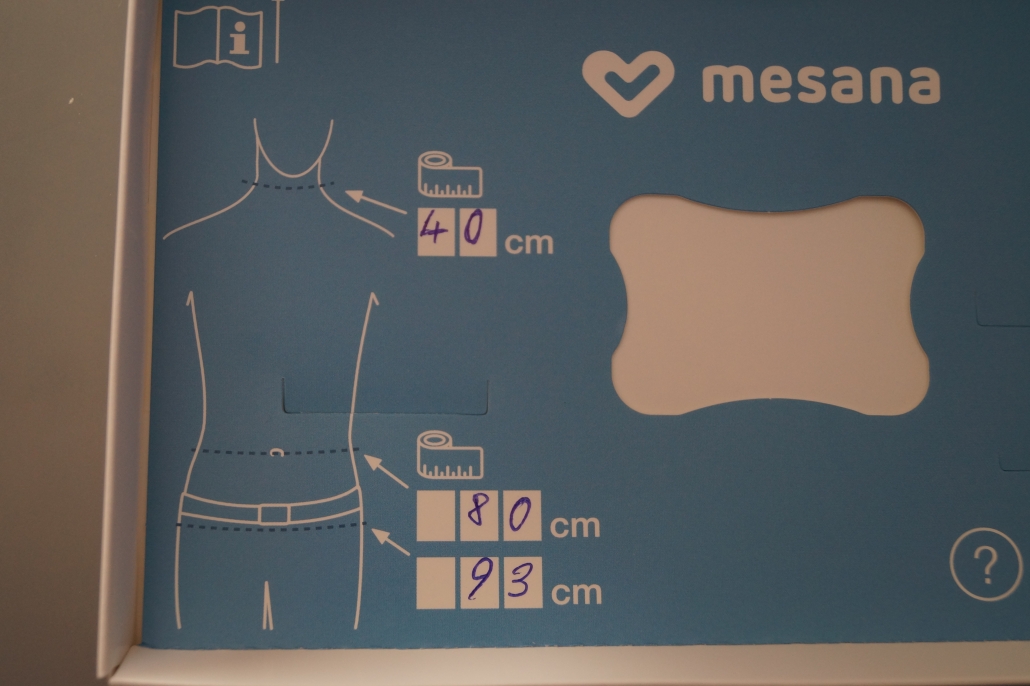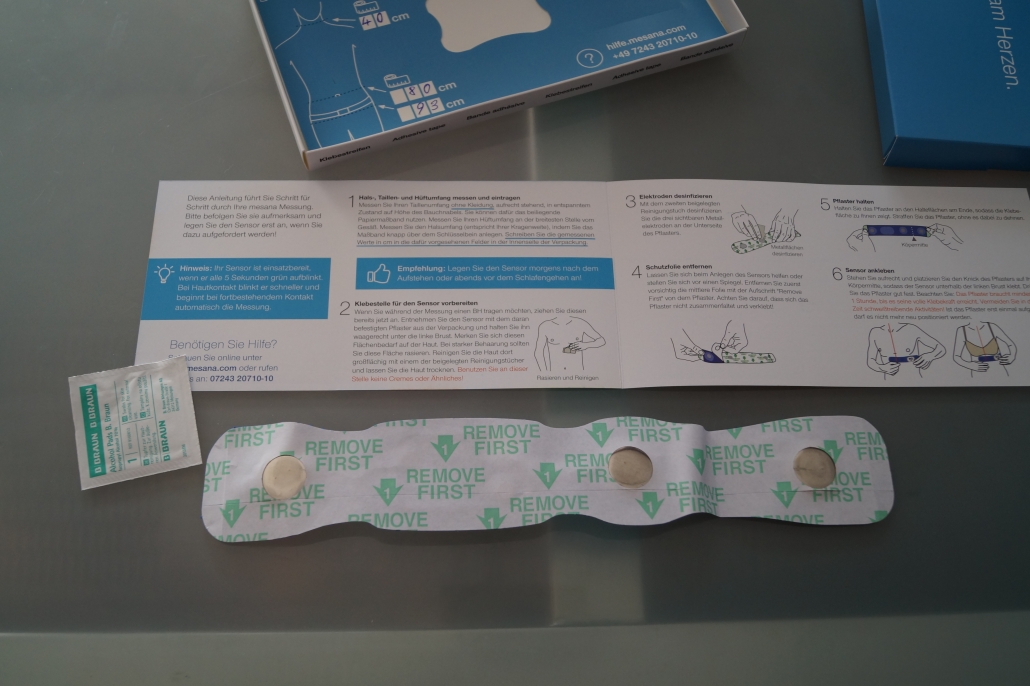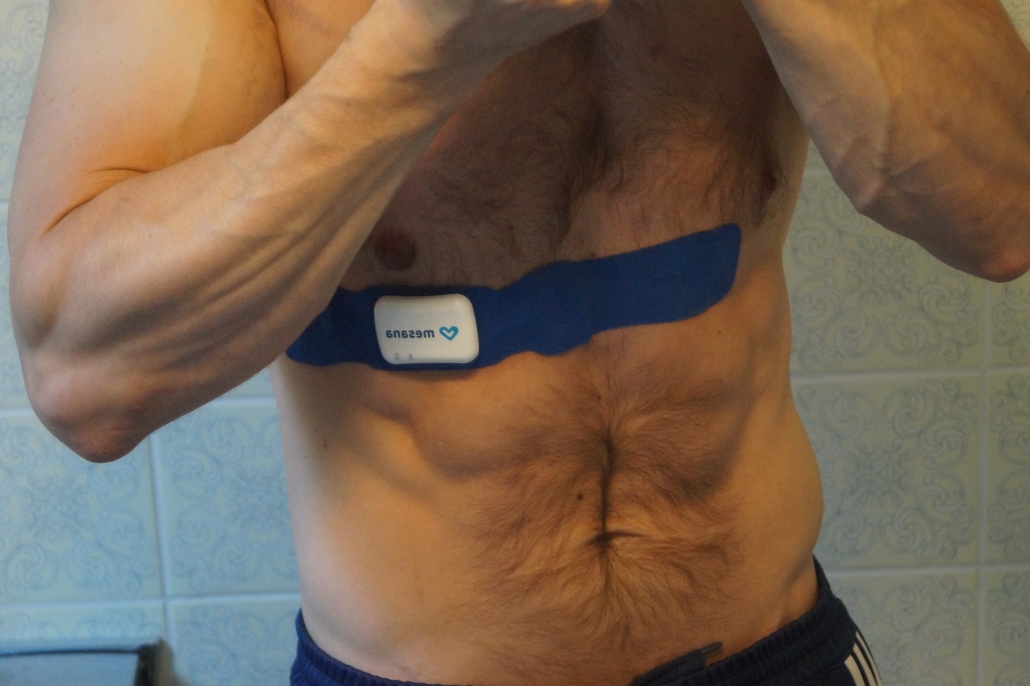Conegrip Forearm and Finger Trainer (affilate link) are – as the name suggests – cone-shaped grip strengthening tools. Nothing new under the sun you might think, but it is! As most tools designed for enhancing grip strength are cylinder- shaped! Well, Bernd, “no big deal” I can hear you say. But think again! In this article I’ll tell you more about the importance of gripping power in strength training, how you might benefit from it (in Team-Sports i.e. like Basketball, Football, Soccer, etc.) and what distinguishes the Conegrips (affiliate link) from cylinder-shaped grip tools.
How to recruit more muscle fibers in your hand, like the abductor digiti minimi and much more.
Get a grip…
How to become a Conehead
Ok I cannot resist to make this joke about the Coneheads…come on, it’s too good not to make it! For those of you who are old enough to remember, “Coneheads” is a 1993 movie, starring Dan Aykroyd, about cone-headed aliens who try to live a normal people’s life on earth 🙂
But, what I’d like to stress with the sentence “how to become a Conehead” is actually that you should start to think about the benefits of a cone-shaped grip strength tool!
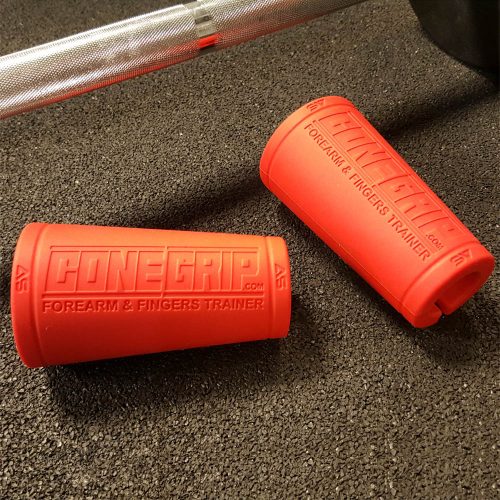
Let’s start with the basics. What actually is a cone? Well, according to Wikipedia a cone is:
“(…) a three-dimensional geometric shape that tapers smoothly from a flat base (frequently, though not necessarily, circular) to a point called the apex or vertex.
A cone is formed by a set of line segments, half-lines, or lines connecting a common point, the apex, to all of the points on a base that is in a plane that does not contain the apex. Depending on the author, the base may be restricted to be a circle, any one-dimensional quadratic form in the plane, any closed one-dimensional figure, or any of the above plus all the enclosed points. If the enclosed points are included in the base, the cone is a solid object; otherwise it is a two-dimensional object in three-dimensional space. In the case of a solid object, the boundary formed by these lines or partial lines is called the lateral surface; if the lateral surface is unbounded, it is a conical surface.” (Wikipedia, 2020).
Why are you telling me that, you might wonder? Well, it will make sense within a second when we switch from basic geometry to basic human anatomy.
The Art of Grapping and punching
In martial arts, self-defense techniques (like Krav Maga and others) or law enforcement you have to grab i.e. forearms, which are more like cone- shaped instead of a cylinder….
That’s where a strong grip comes into play and how you can transfer your efforts in the gym to “the real deal”. You apply what you have strengthened “in the trenches”.
The more you train with thicker grip implements, like the cone grip, the more motor units you might recruit. This will inevitably lead to improved overall upper body strength and useful skills, both in you specific sport and profession.
It’s not like simple “show off” muscles, but something you can really use!
If you want to know more about grip training you can read my article about the “Gripedo”.
So, what does all that have to do with cone-shaped grip devices? Well, if you have ever been engaged in any kind of martial arts and/or self-defense technique you might have realized that if you clench a fist and strike an object, the toughest knuckles are the first two ones.
The third finger and the pinky (see image below) are commonly the lesser reliable “strike-buddies”.
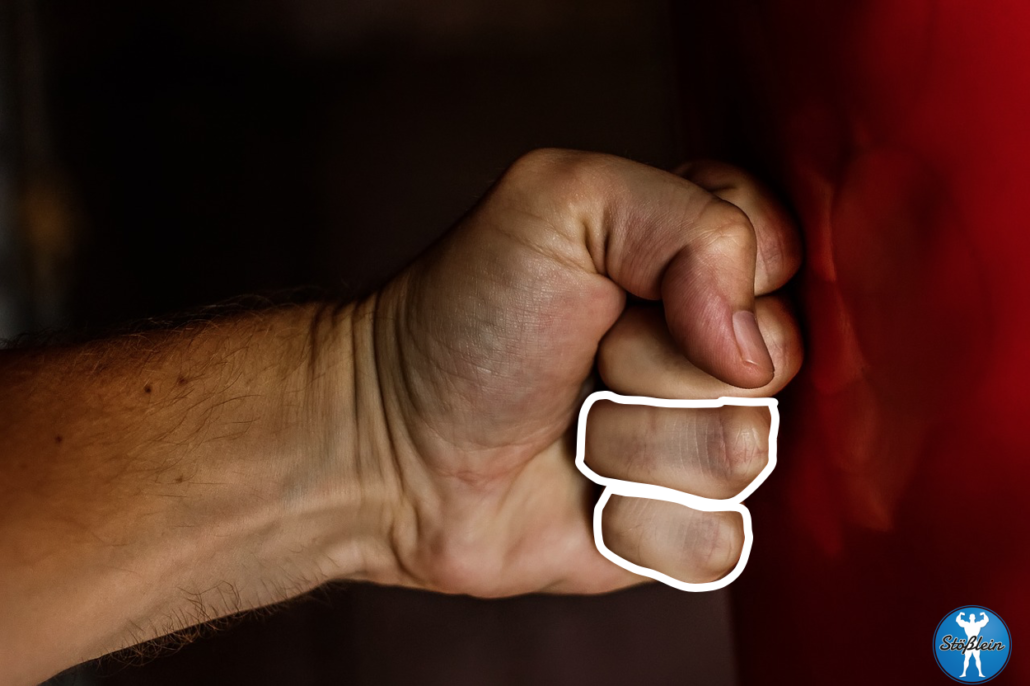
Why is that so? We will see in a minute.
First, think of another similar phenomenon…if you have ever trained with Barbells/Dumbbells or any kind of grips that are above 30 mm of diameter (50mm and above) you probably will have realized, that you most likely develop the most gripping power (fist clenched) with the thumb, the index- and the middle-finger.
The ring finger and the pinky can be closed too, but are normally not that involved in gripping (a cylinder-shaped) object, like the rest of the hand!
According to my anecdotal experience with myself and lots of patients and clients that might be due to our “cone-shaped” hand.
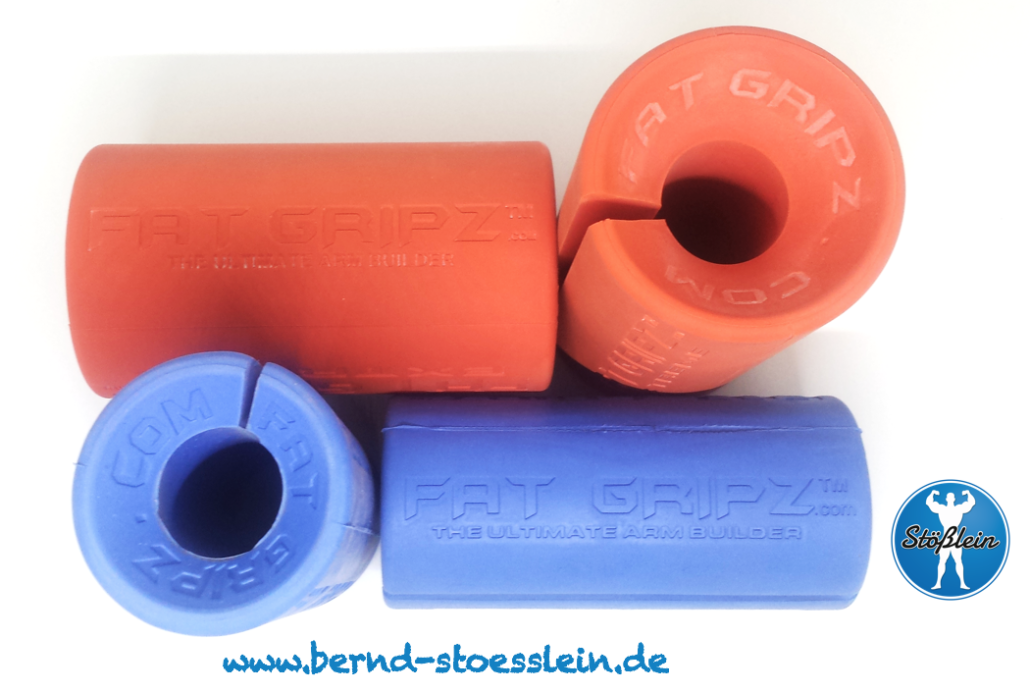
If you take a look at the comparison of the cylinder-shaped gripping tools and the cone grips the difference is obvious. Whereas it’s troublesome to create a “gripping-equilibrium” in all five fingers using cylindric tools, it is much easier using the cone-shaped ones.
The extra load, respectively the stress you put on the hand muscles should also create a greater training effect, especially on the abductor digiti minimi. “
It is “(…) a skeletal muscle situated on the ulnar border of the palm of the hand. It forms the ulnar border of the palm and its spindle-like shape defines the hypothenar eminence of the palm together with the skin, connective tissue, and fat surrounding it. Its main function is to pull the little finger away from the other fingers (i.e. abduction).” (Wikipedia, 2020).
Well, aductor digiti minimi? Sounds funny…but I have never heard of that one, you might think. Is it important? Well…if you ask me, when it comes to gripping strength, it definitely is. That’s just simply the fact as in gripping strength the more equals the better!
Ad/ductor derives from Latin ad = after, to; and Latin ducere = to draw/pull sth. (Becher et al., 1995).
Digiti derives from Latin digitus = Finger (Becher et al., 1995).
Minimi comes from Latin minor = smaller (Becher et al., 1995).
To set the record straight: gripping strength is an absolute necessity when it comes to professional strength training/coaching, no matter which sport or profession you’re into!
It clearly isn’t limited to arm wrestling or gripping competitions!
Unfortunately the development of proper grip strength is still one of the most overlooked and neglected issues -not only- in sports performance. At least to my experience.
How to usefully implement Cone Grips?
The next question is how you can usefully integrate these cone-shaped training devices in your workout.
Well, as always, the answer to that question is: “it depends”. It clearly depends on your training age and the experience you have gained in the gym.
Let’s say you’re a novice lifter with training age of zero years. Would it be useful to jump start training with thick implements? I’d say: no.
You wouldn’t lend a novice driver your new Porsche GT 2 RS, would you? The answer to this rhetorical question is obvious: “hell no!”.
Same with special thick gripping implements like the Cone Grips (affiliate link)! But, if you have a training age of, let’s says, two continuous years with regular strength training (4 times a week) you should absolutely consider using them.
By the way, your training age has nothing to do with your biological age! You can be comparatively young (i.e. 18 years of biological age) and have a higher training age as someone being (biological) age 50.
Training age depends on how many consecutive years you have spent with PROPER training!
According to this, an 18- year- old with 3 years of consecutive, structured and regular strength training can have a higher training age as the 50 year old who just started working out!
The variation in grip diameter will bring more progression and stimuli to your workout and your body! This will result in new neuromuscular adaptations, increased strength and hypertrophy!
Just switch from your regular 30mm diameter grips to the cone grips. They can be implemented on almost any regular Barbell and/or Dumbbell, gripping devices, machines etc.
In this picture i.e. you can see me in my Personal-Training Gym, using the Cone Grips while performing bench press, using other special tools, like my BambooBench®, weight releasers and a monolift.
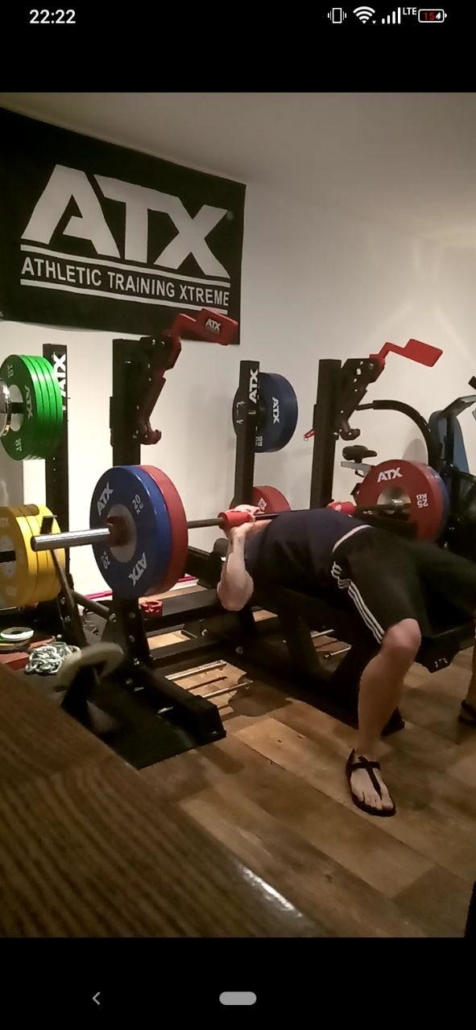
By the way, look at the time of the screenshot (22:22) that’s synchronicity! If you’d like to know more about this interesting phenomenon I highly recommend you reading the works of Carl Gustav Jung (affiliate link)!
Back to the thick implements, respectively the Cone Grips. If you start using them don’t be surprised that you might experience a slight drop off in your weights. As you cannot close your hands as much as you were used to, gripping starts get harder.
That’s clearly not a disadvantage but you should be aware of that obvious fact.
Which exercises are predestinated for using Cone Grips (affiliate link)? Well, essentially all exercises!
I’d highly recommend using these special grip tools on all kinds of arm exercises, for different variations of pull ups, bench press and other back exercises.
You just have to ask yourself whether it’s an exercise you want to improve your grip strength on or if you don’t want your grip to be the “limiting factor”. That might be the case on deadlifts for example.
If you want to challenge yourself by deadlifting with a thicker grip you’re good to go. But if you want to emphasize other muscles more, skip the Cone Grips for that workout. Just start playing with the use of them.
Cone Grips are a useful variation in a structured periodical and goal oriented training regime.
If you’re unsure how to usefully integrate such devices in your workout, please feel free to contact me for a professional Strength-Coach/Personal-Training (Online)-Consultation :
Conclusion ConeGrip
Let’s draw the mandatory conclusion of the implementation of Cone Grips (affiliate link). To make a long story short: should you use them? From my point of view that’s a “Hell yes!”. But you should take in consideration when and how!
Being a novice lifter you should start with basic stuff to gain lifting experience. After having gained a proper lifting age of two years or above, I think you’re good to go using the Cone Grips!
There are lots of thick grip implement tools which have a cylindrical shape. The Cone Grips are superior in design, as the cone-shape structure has a higher transfer effect to sports and professions (i.e. law enforcement, first responders etc.).
In addition to that, a cylinder will give you the chance to further recruit muscle fibers in your fingers and hand, like the aductor digiti minimi.
Something with the surname “minor” doesn’t seem to be something being of consideration when it comes to strength training but in terms of grip strength every muscle fiber counts!
But of course Cone Grips are not the “magic pill”. If you fail to proper plan your workouts you plan to fail, as the saying goes!
Or, if you put it this way, if you don’t know how to design your training program for your specific needs the Cone Grips won’t do the “magic” for you either!
Cone Grips are an investment in your strength training, they are affordable, portable, versatile and easy to use and clean.
Conclusion: go and get a pair!
© HP Bernd Stößlein, Master of Business Administration in Sportmanagement.
If you liked this article please share it with your friends, subscribe to the newsletter and the blog.
If you like to book a professional online/offline consultation please feel free to contact me: info@bernd-stoesslein.de
Literature
Cone, source: https://en.wikipedia.org/wiki/Cone, date of access: 6.7.20.
Abductor digiti minimi muscle of hand, source: https://en.wikipedia.org/wiki/Abductor_digiti_minimi_muscle_of_hand, date of access: 6.7.20.
Lateinisch-griechischer Wortschatz in der Medizin, S. 3
Lateinisch-griechischer Wortschatz in der Medizin, S. 31.
Lateinisch-griechischer Wortschatz in der Medizin, S. 69.
Lateinisch-griechischer Wortschatz in der Medizin, S. 137.

